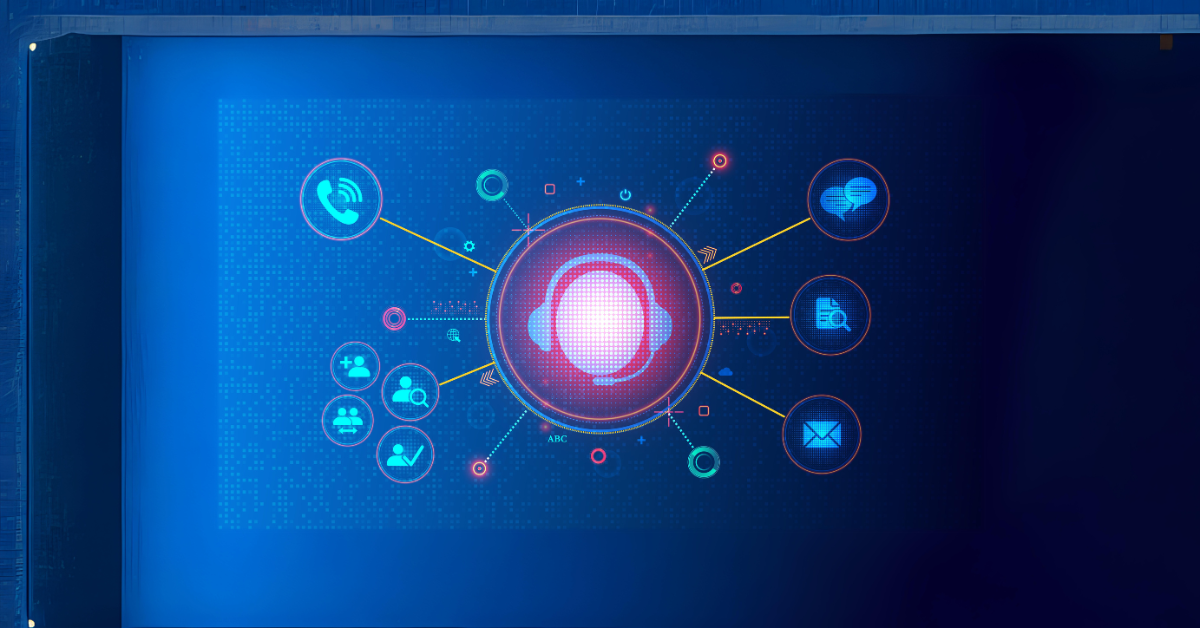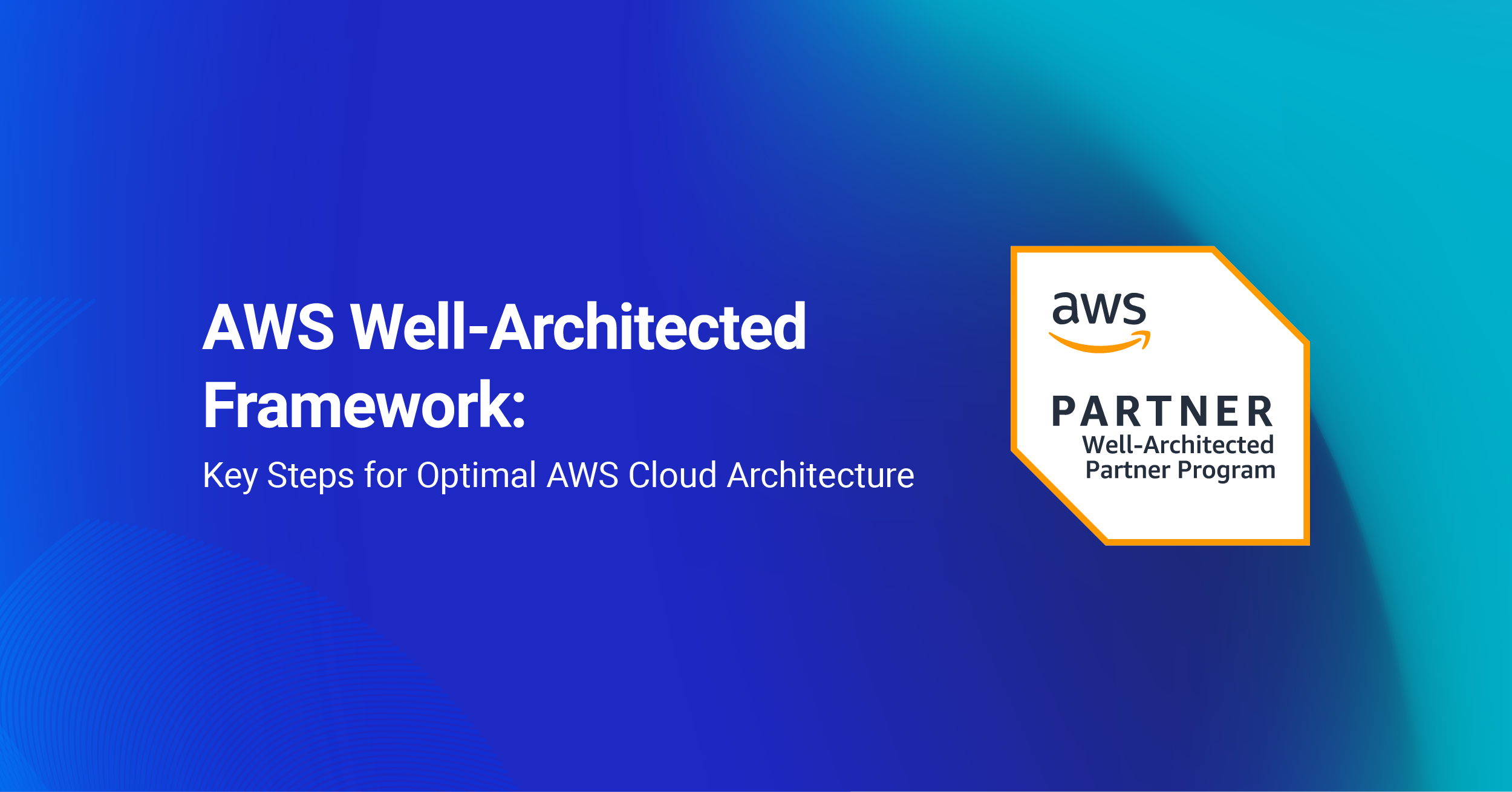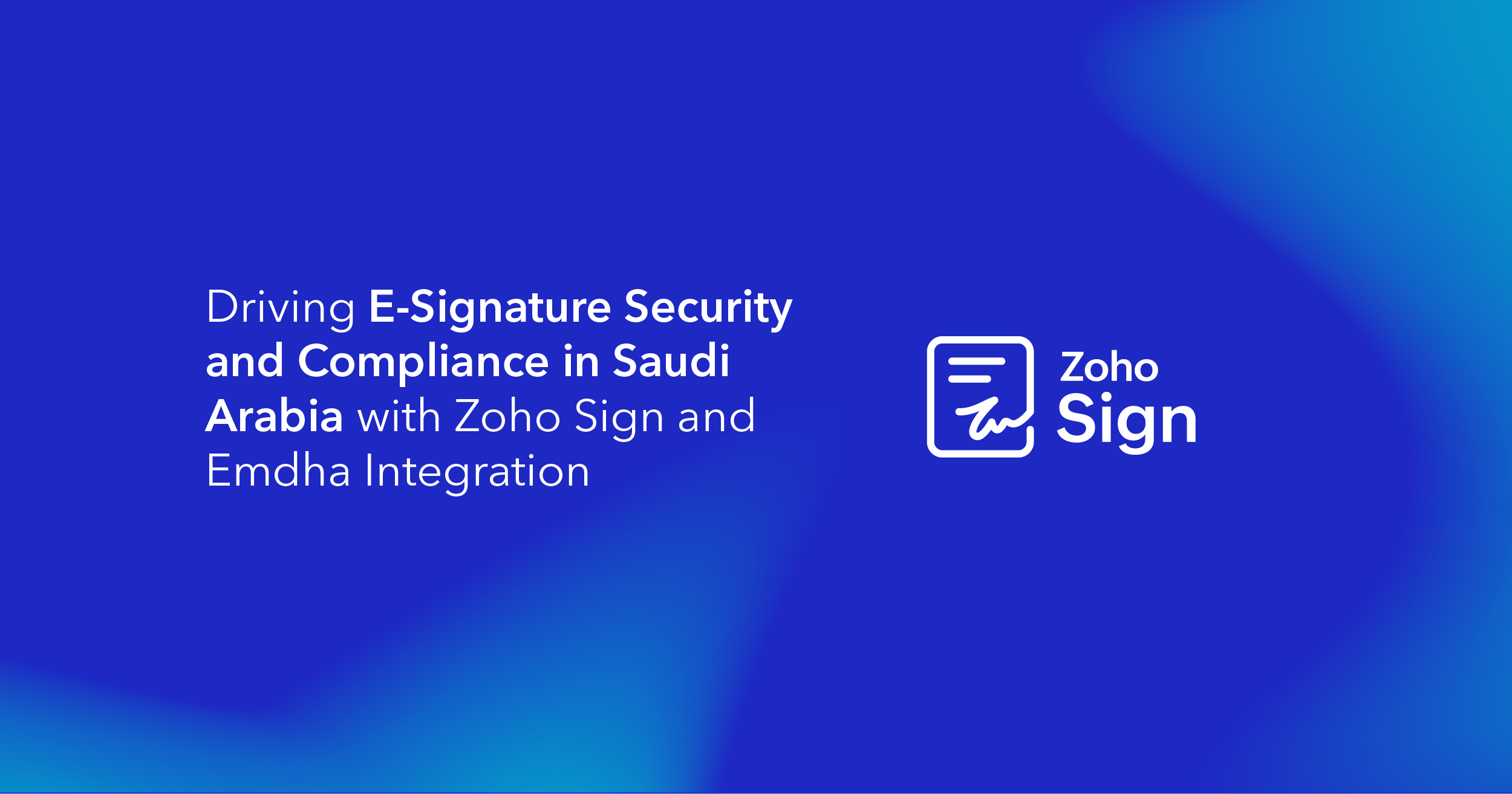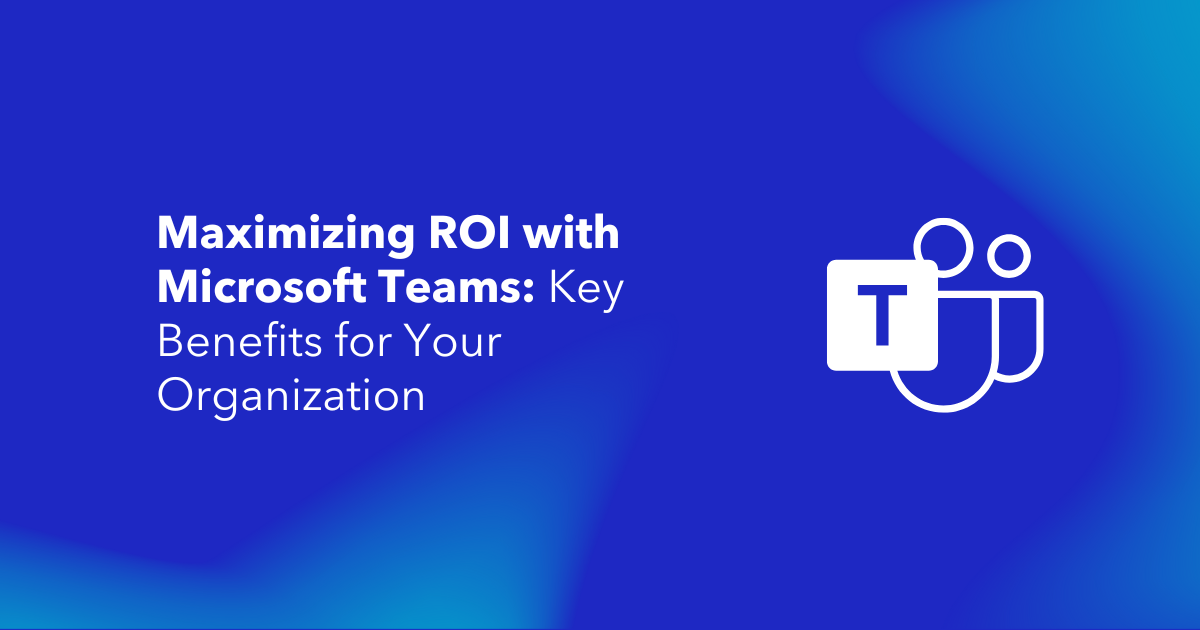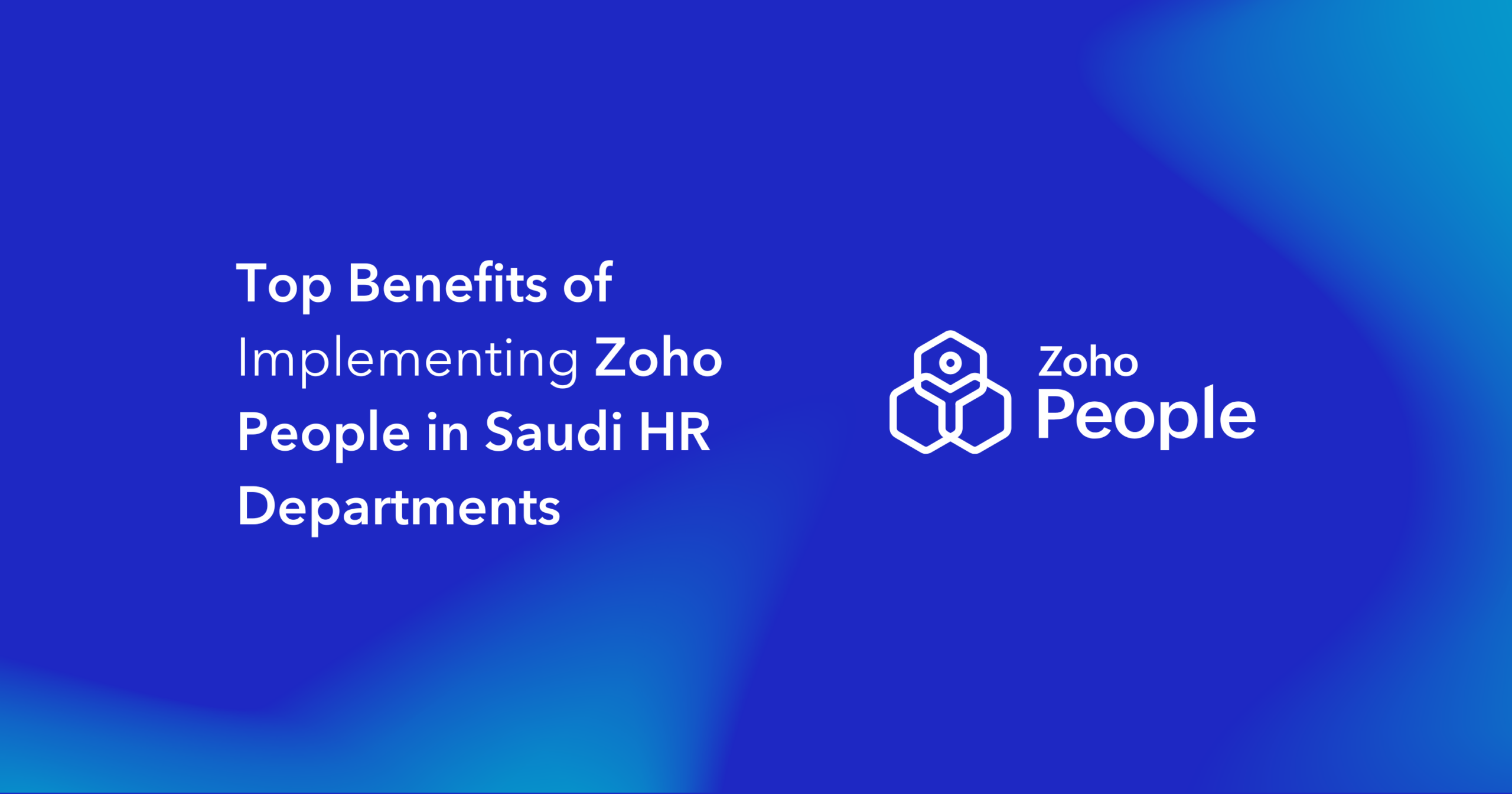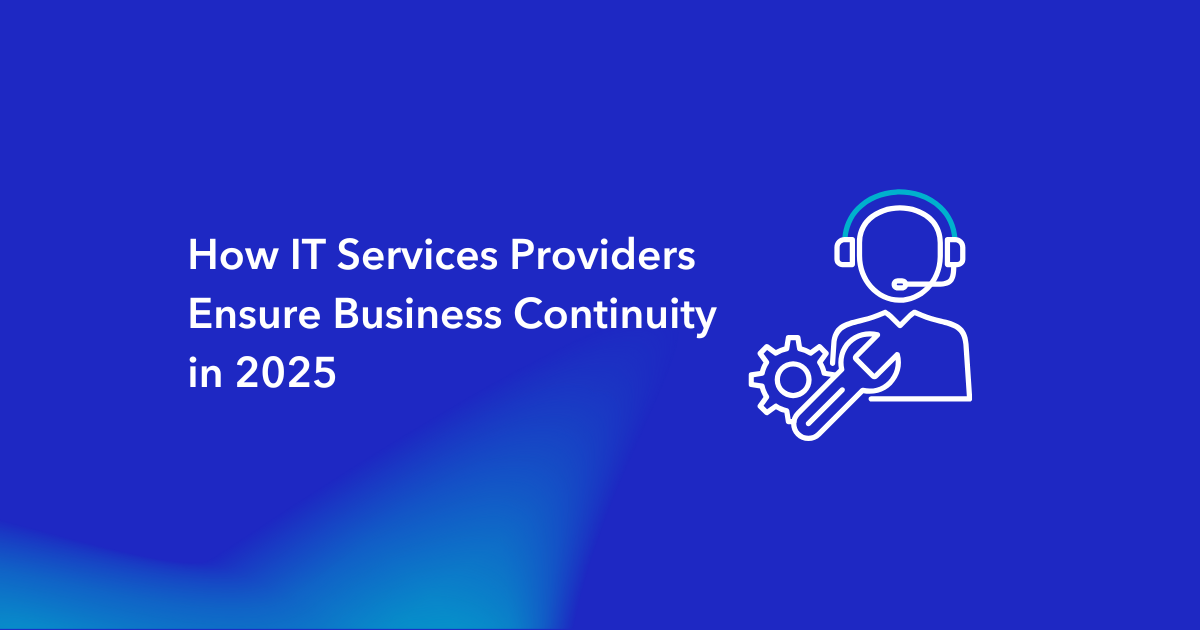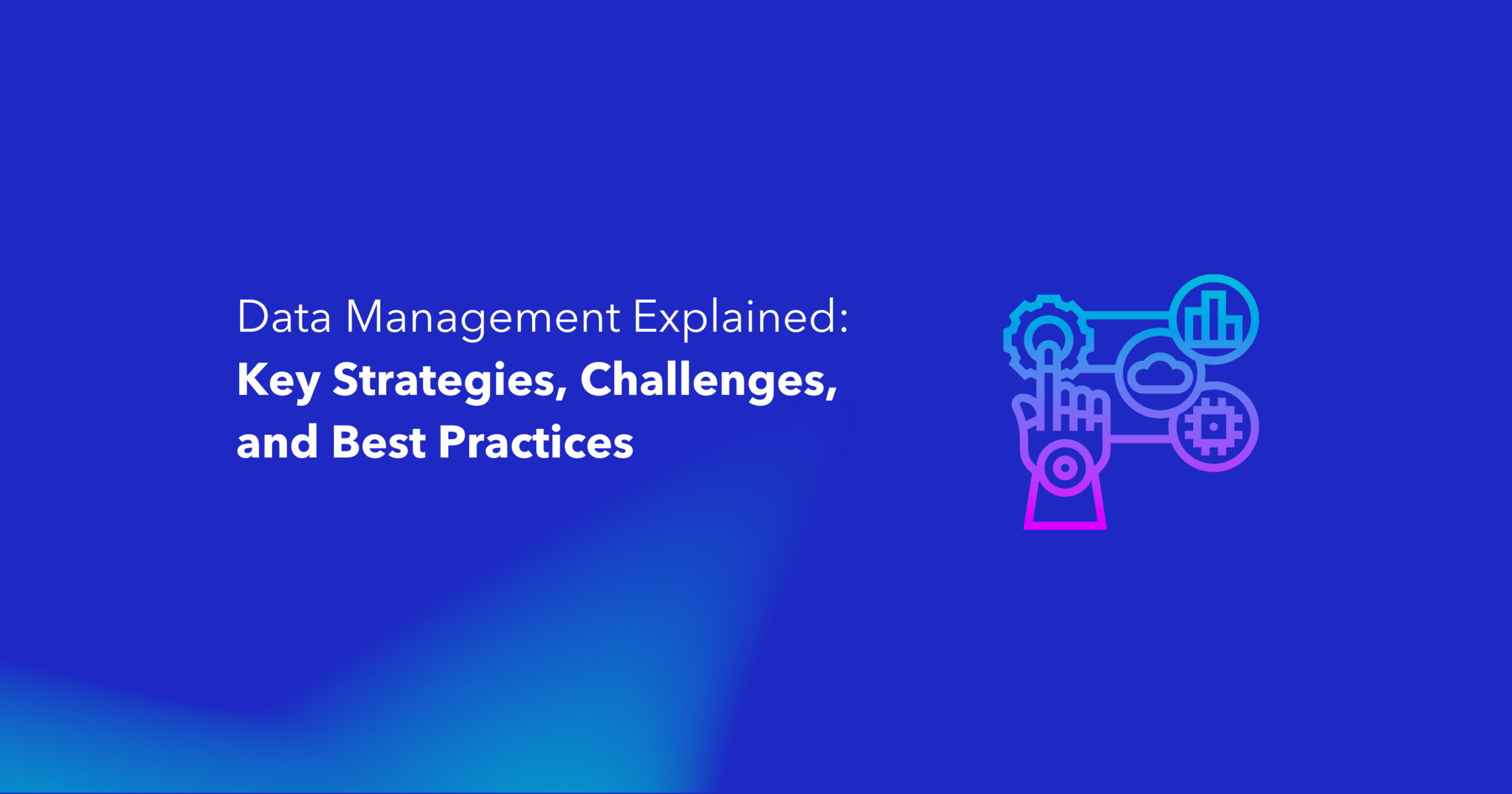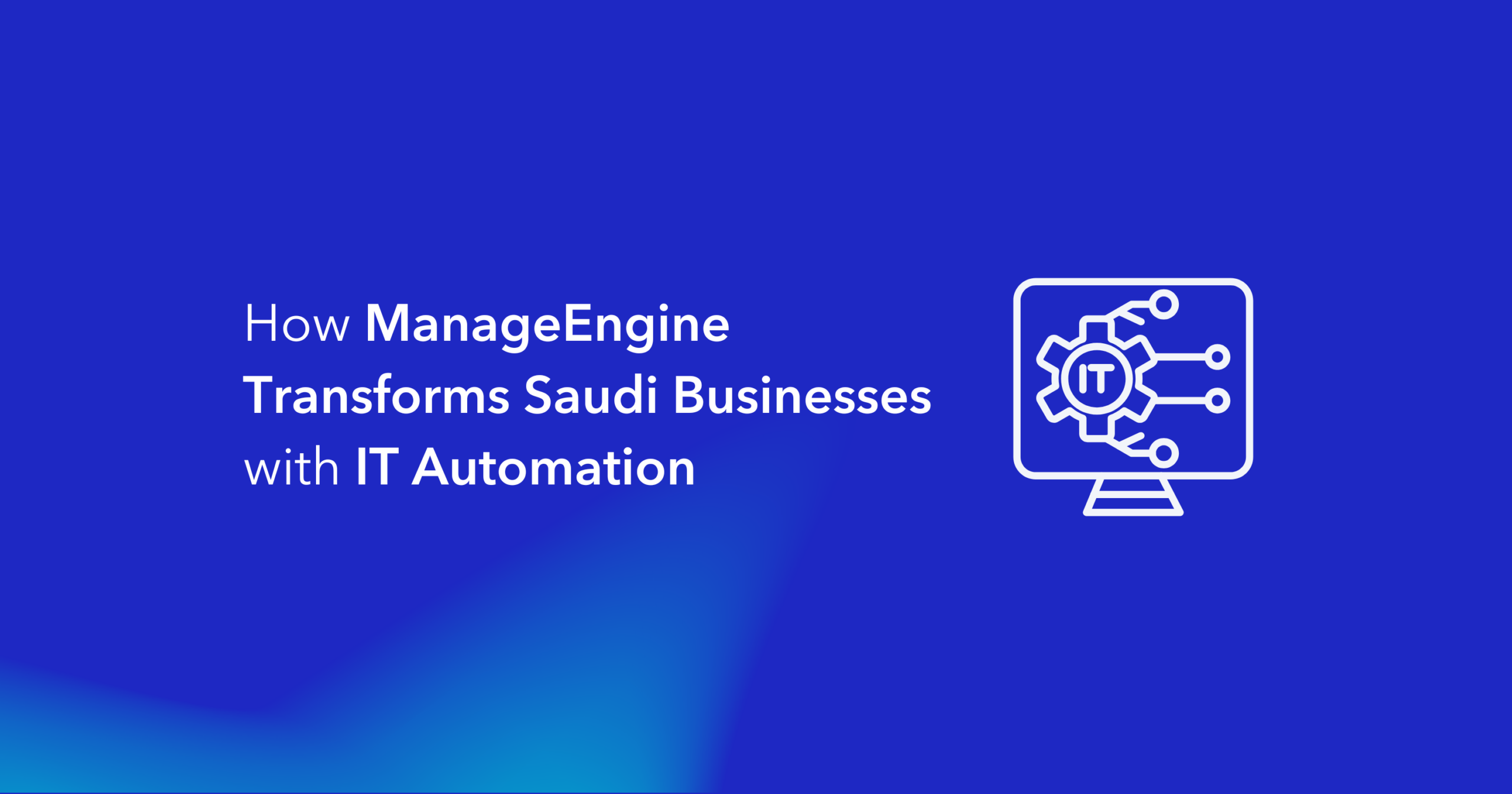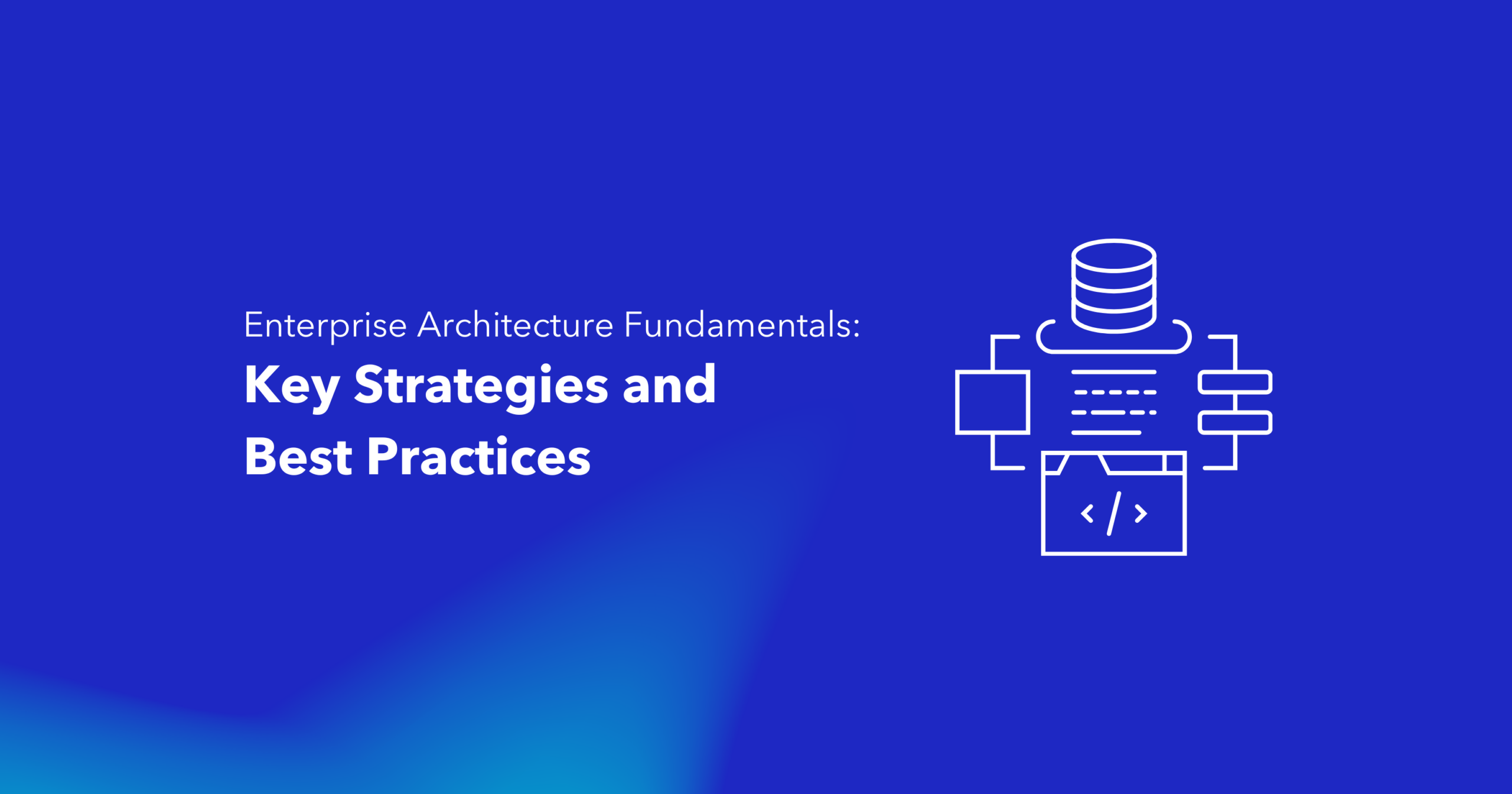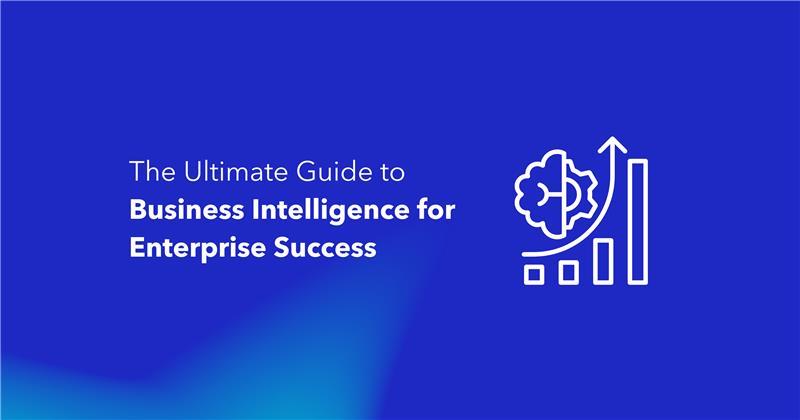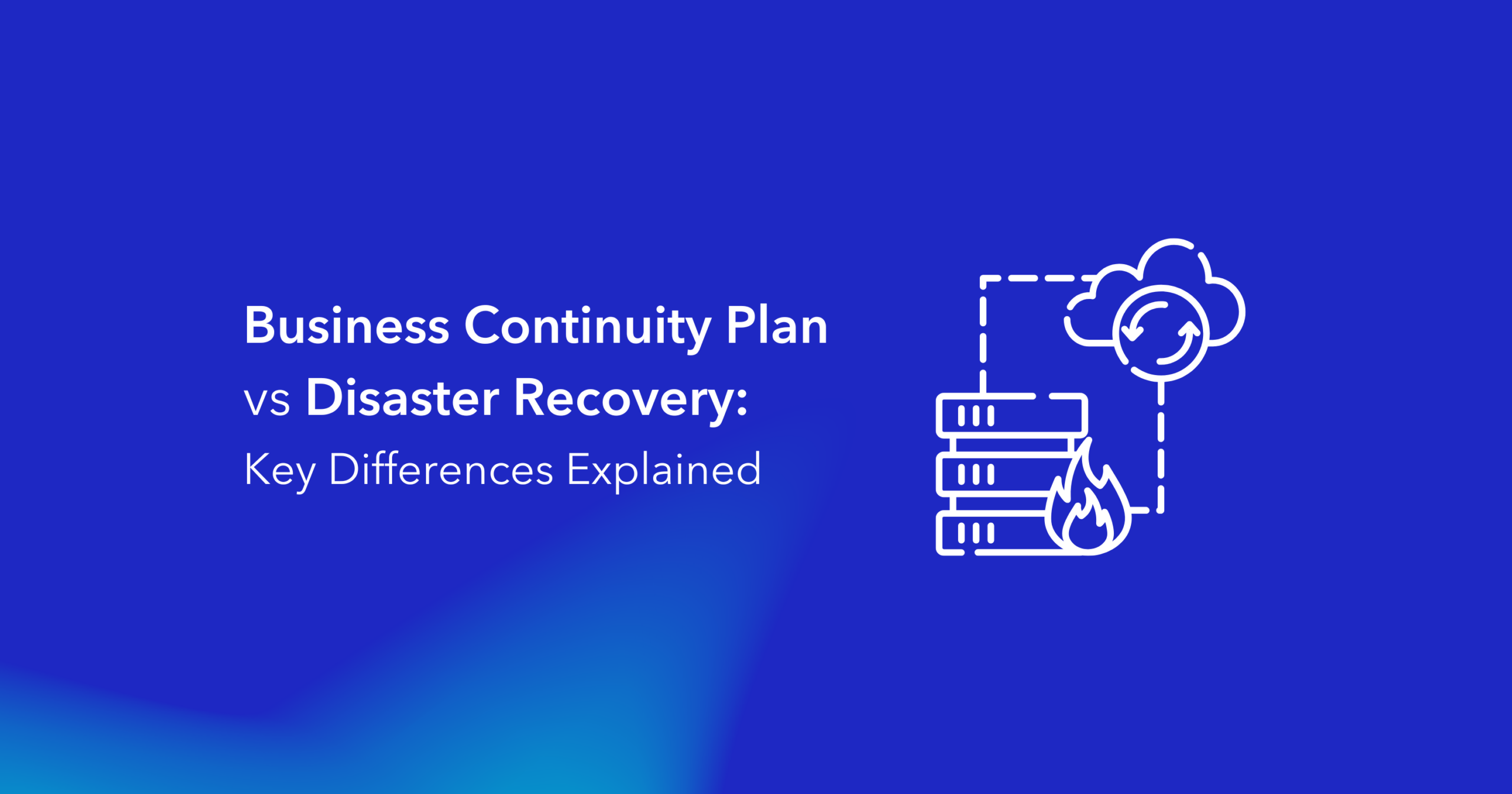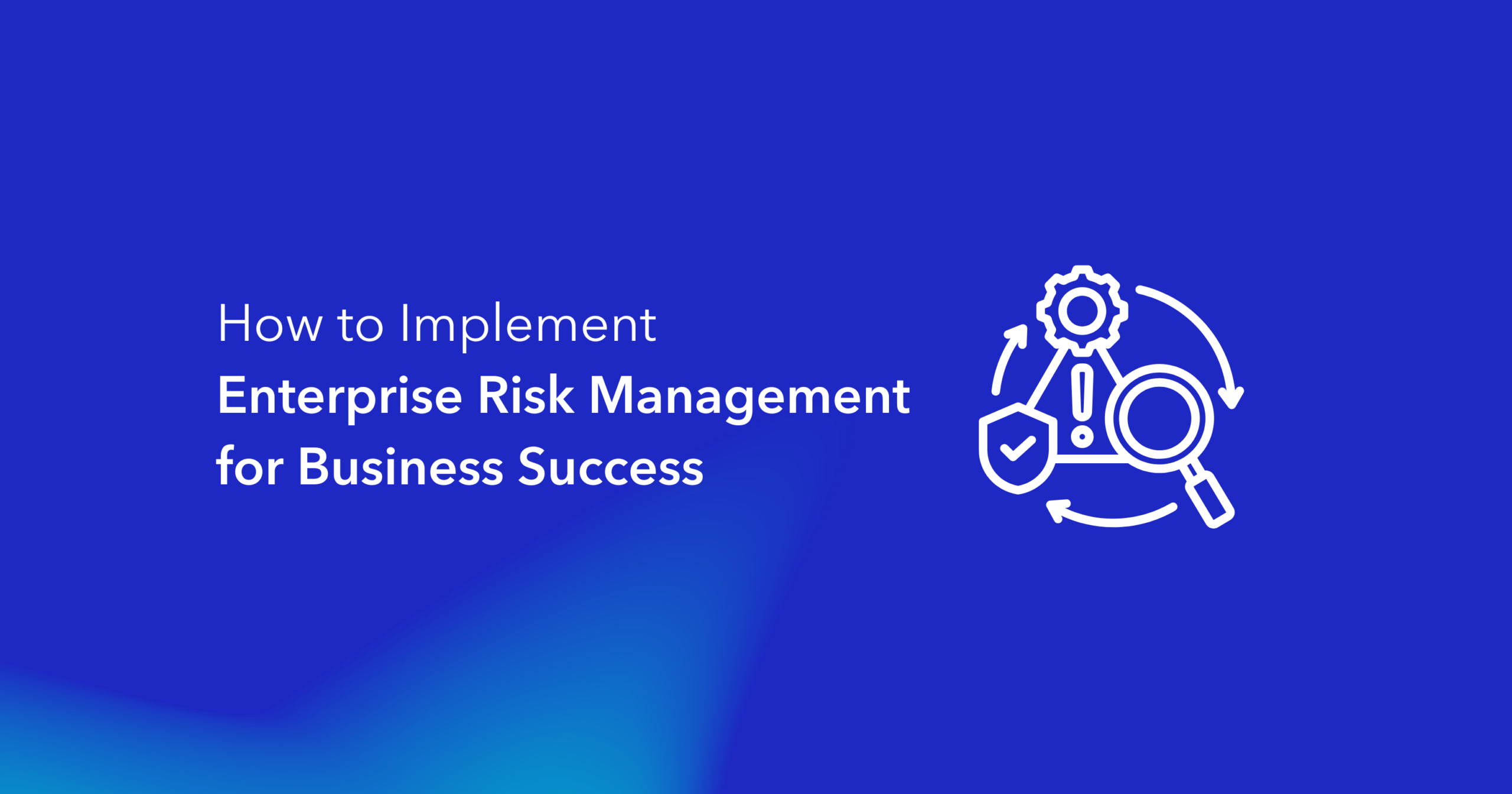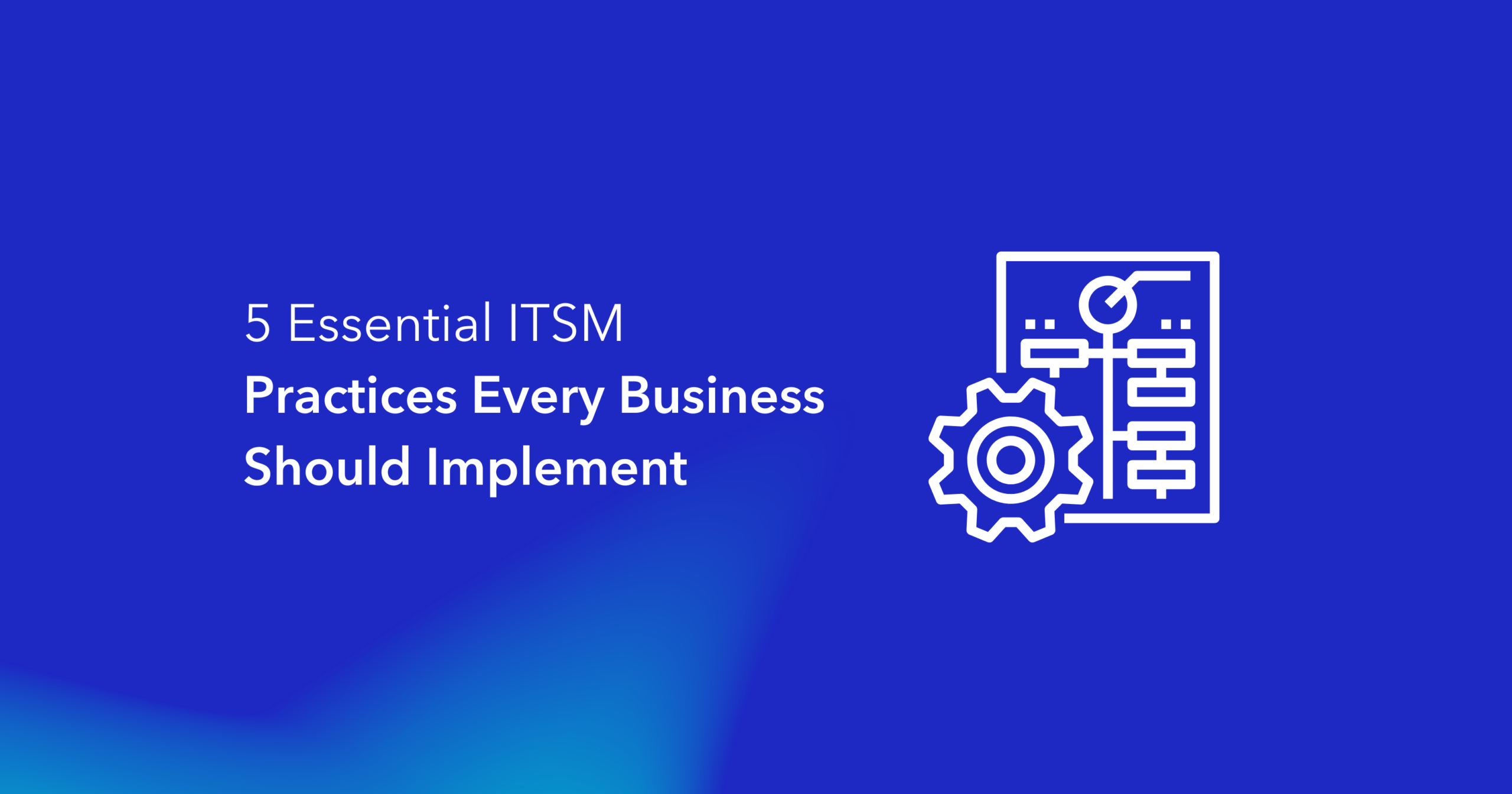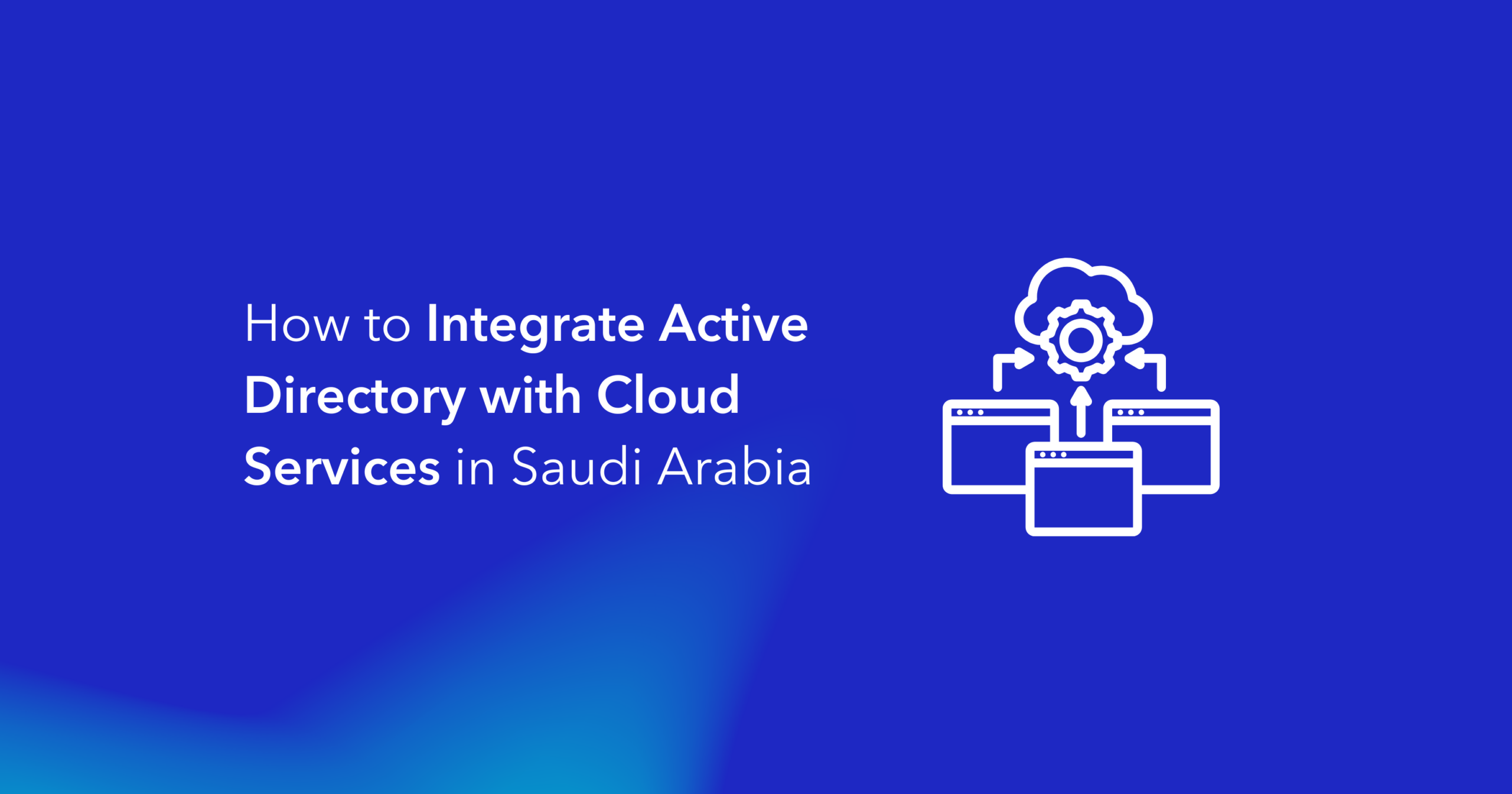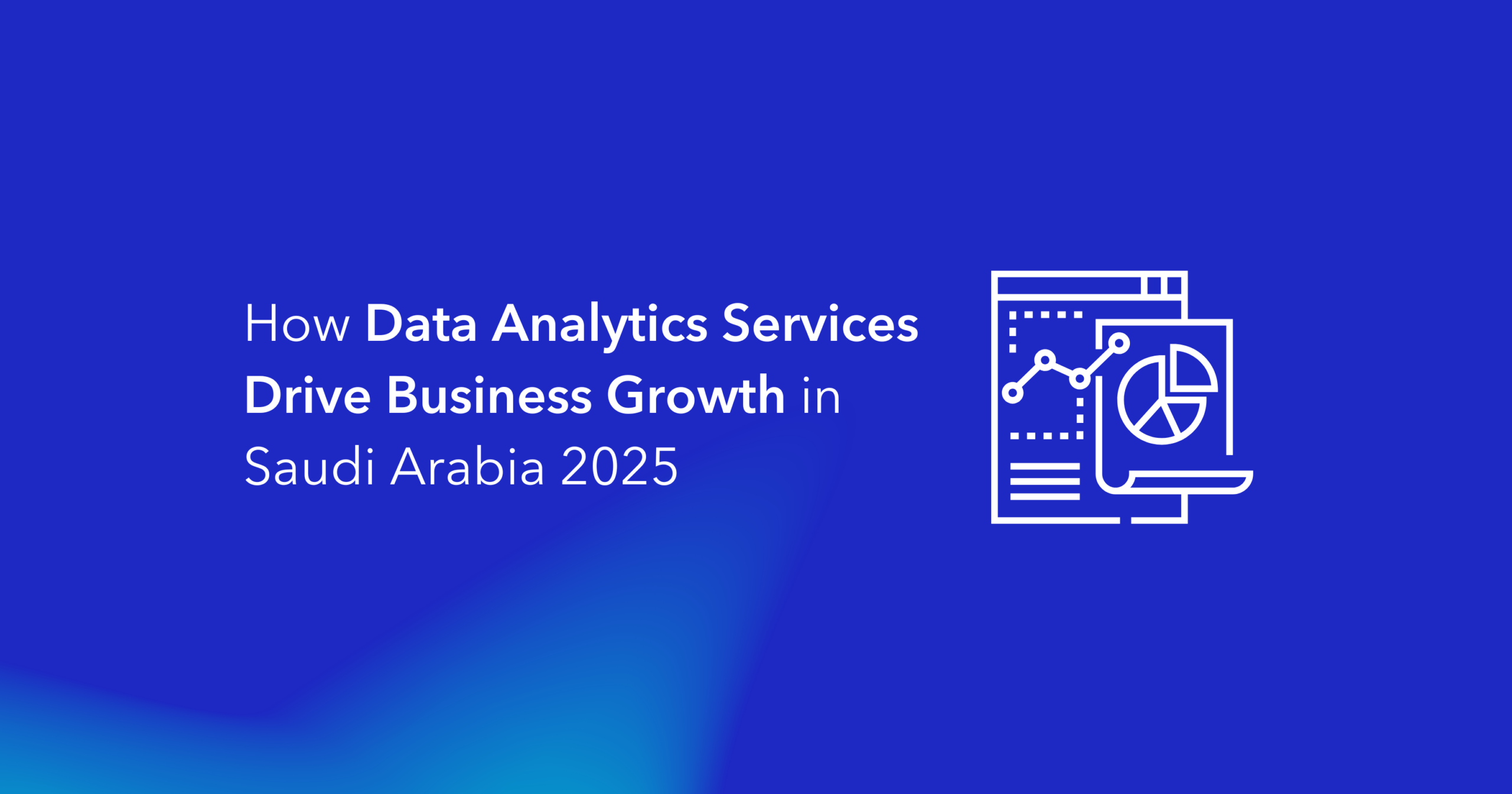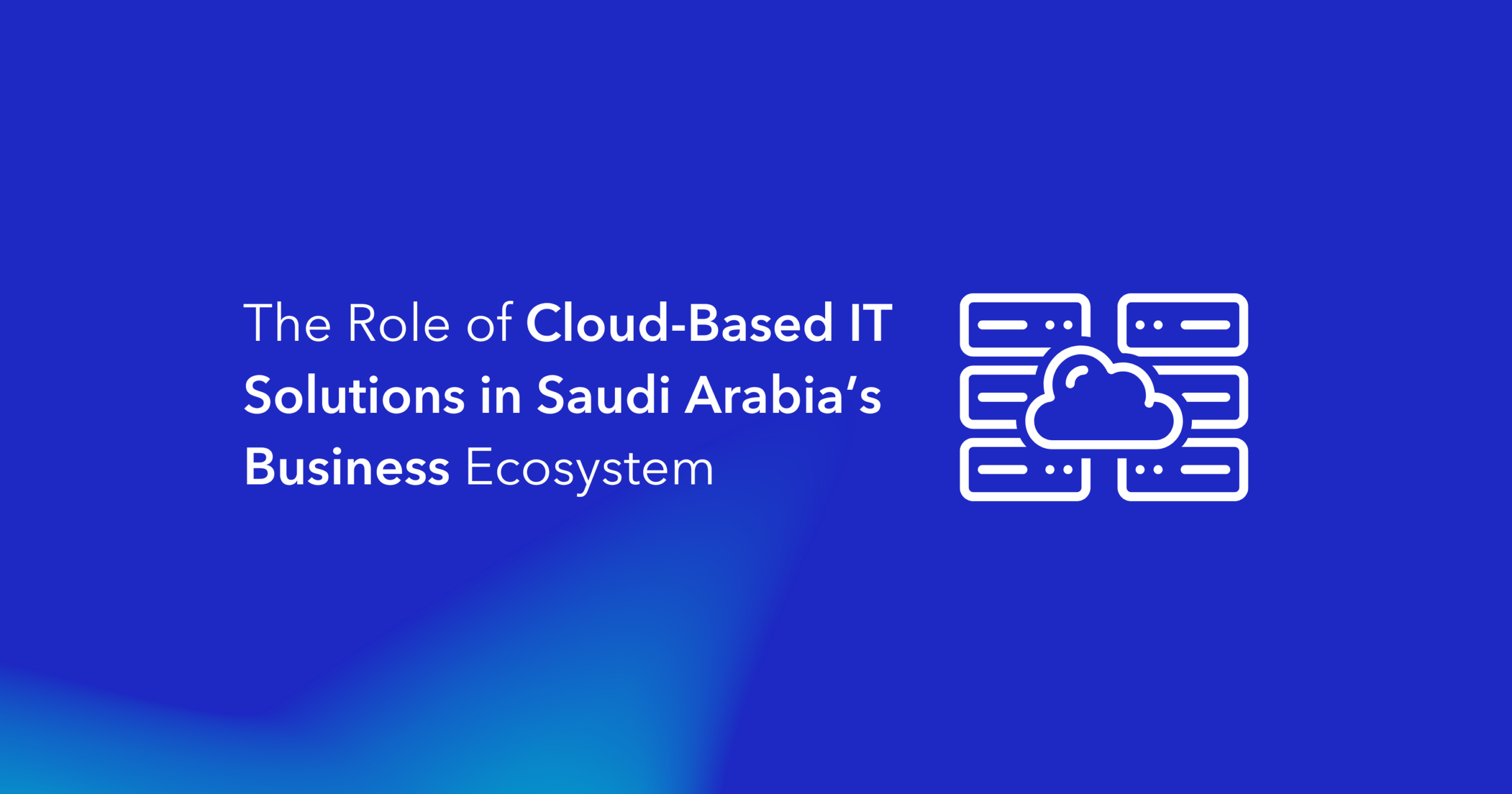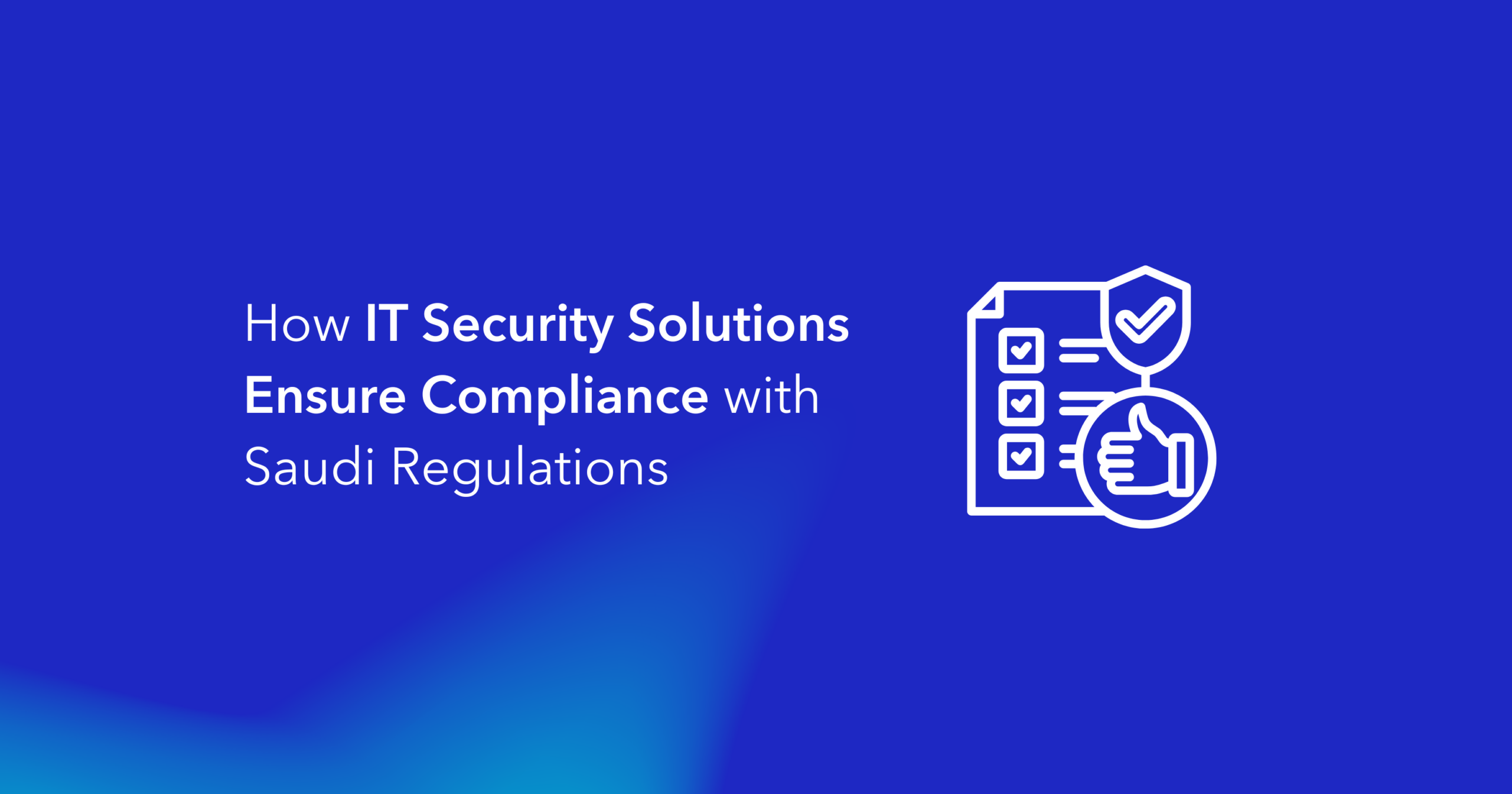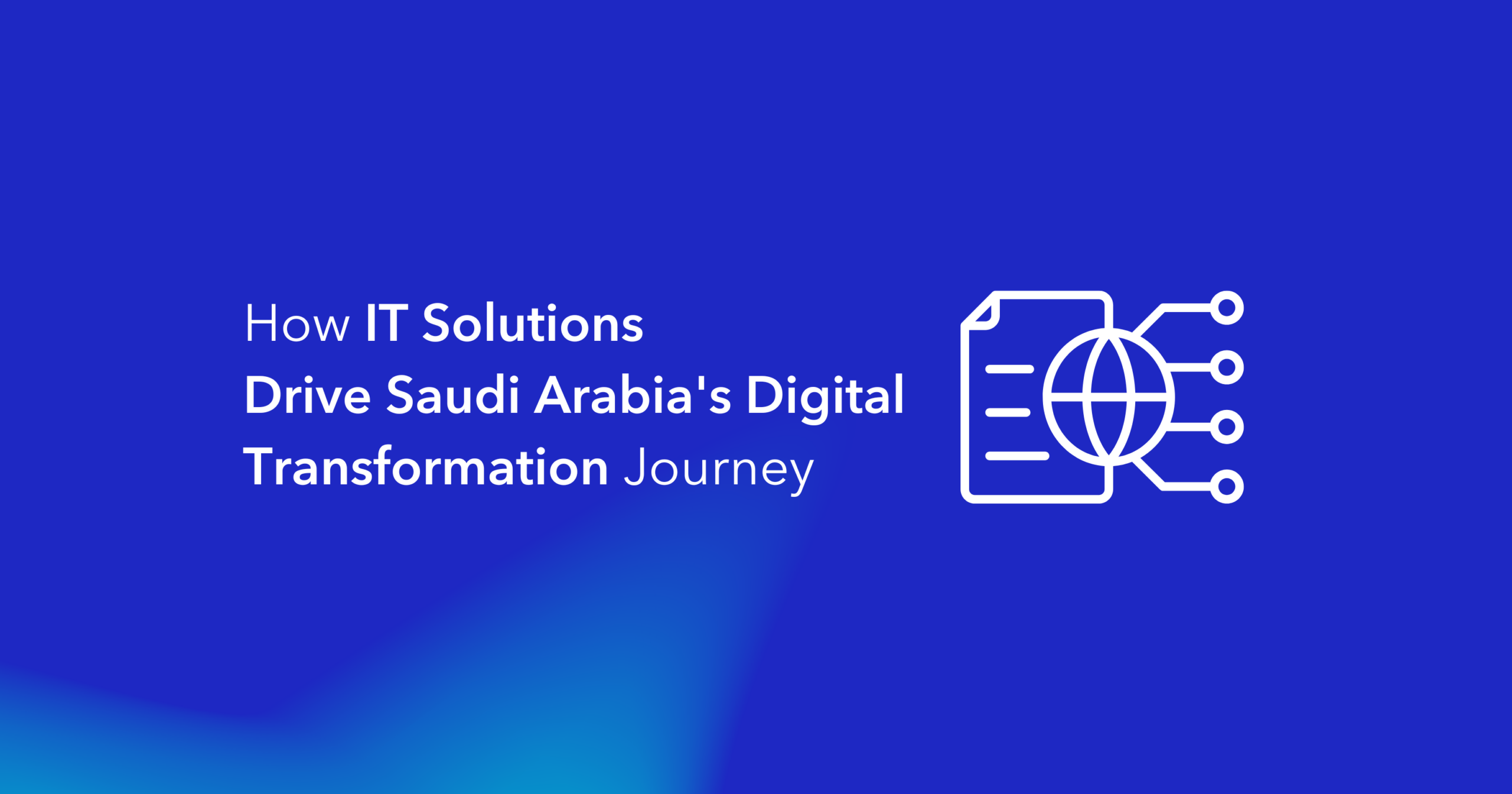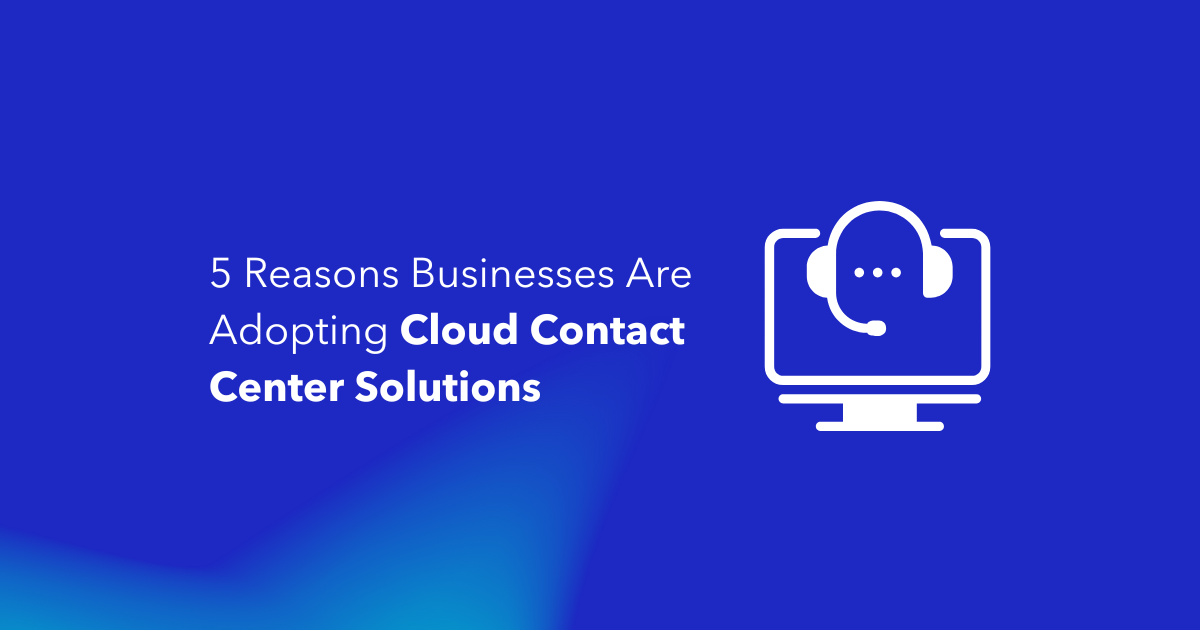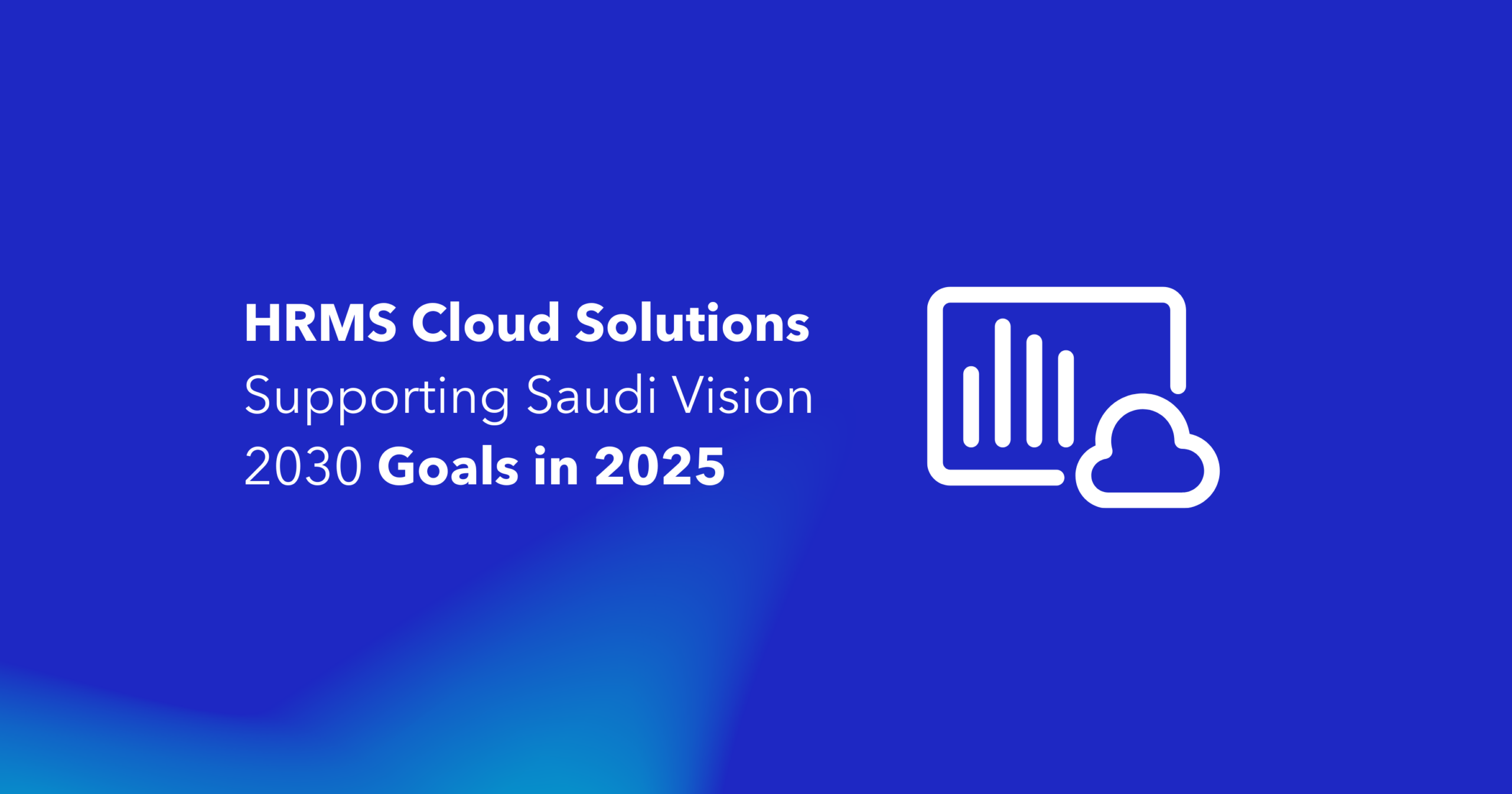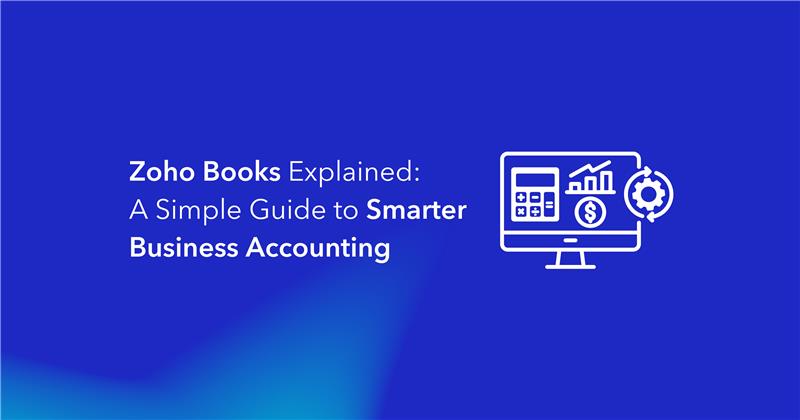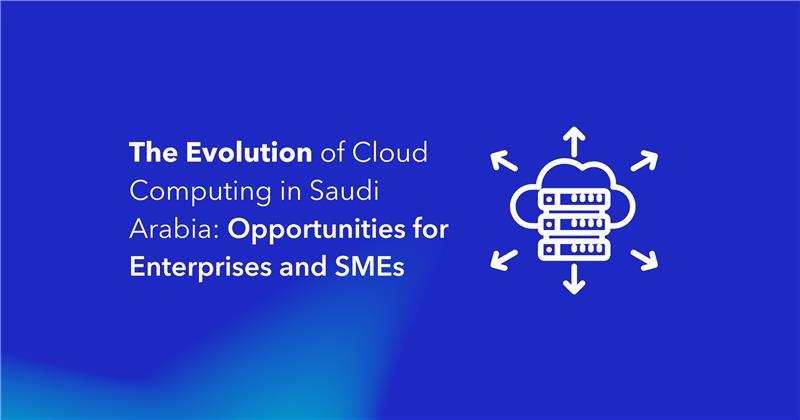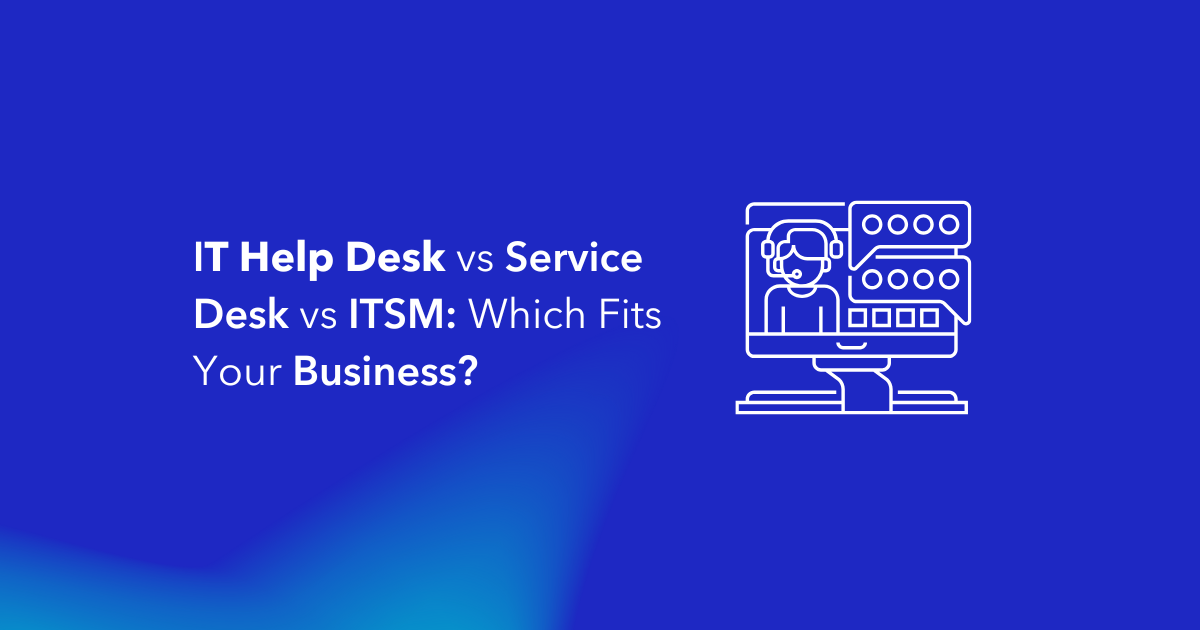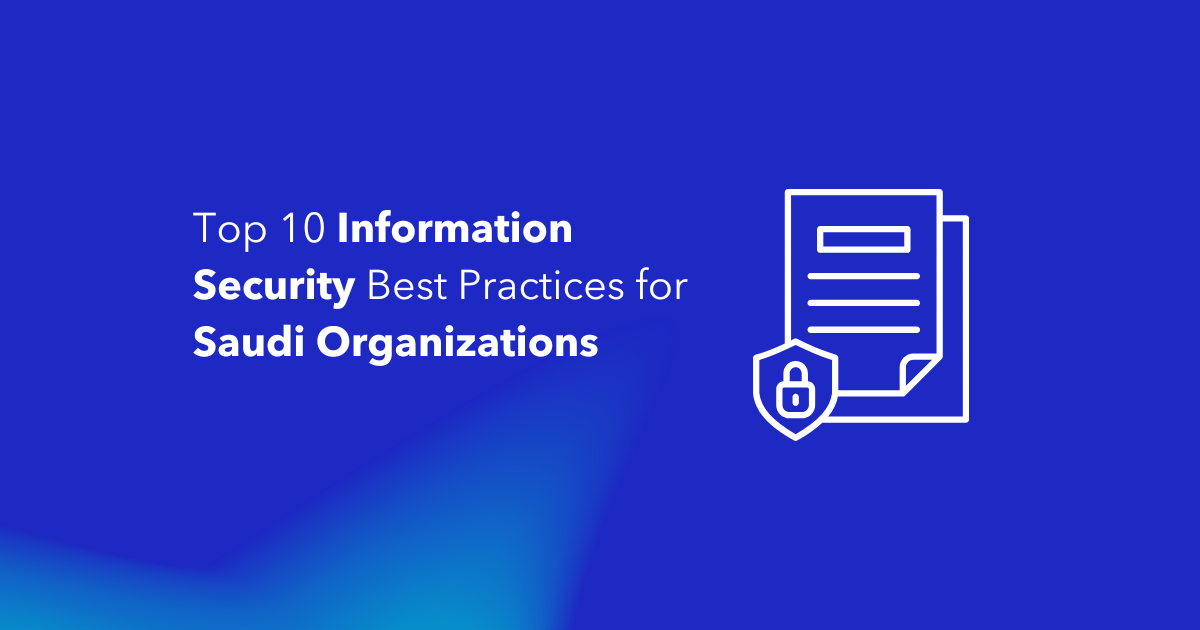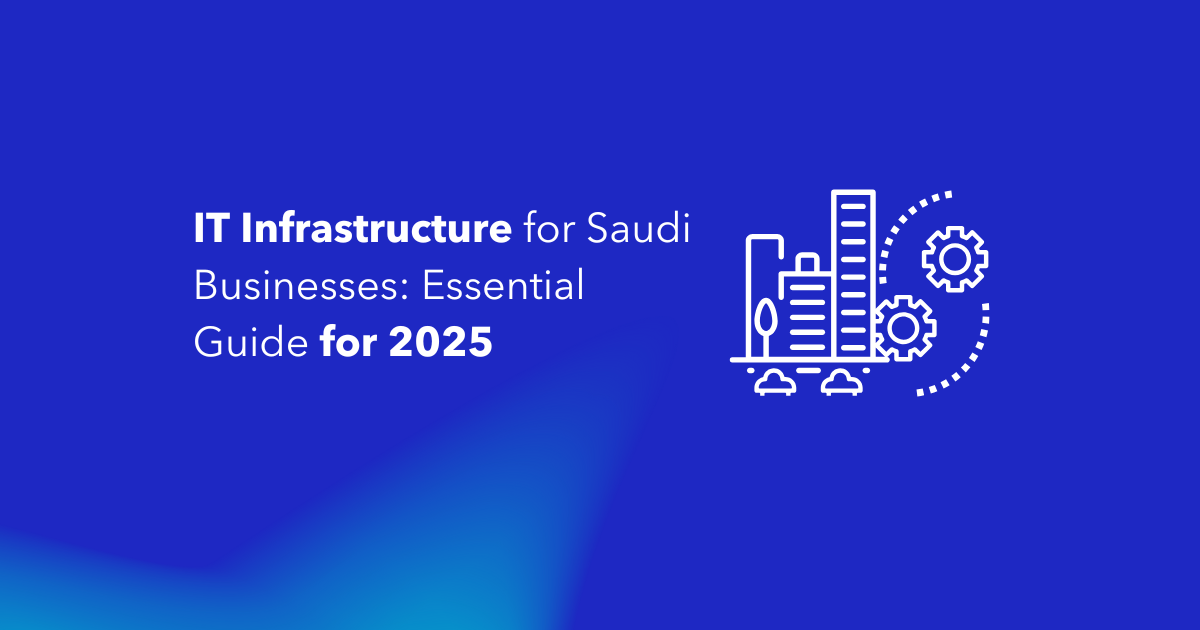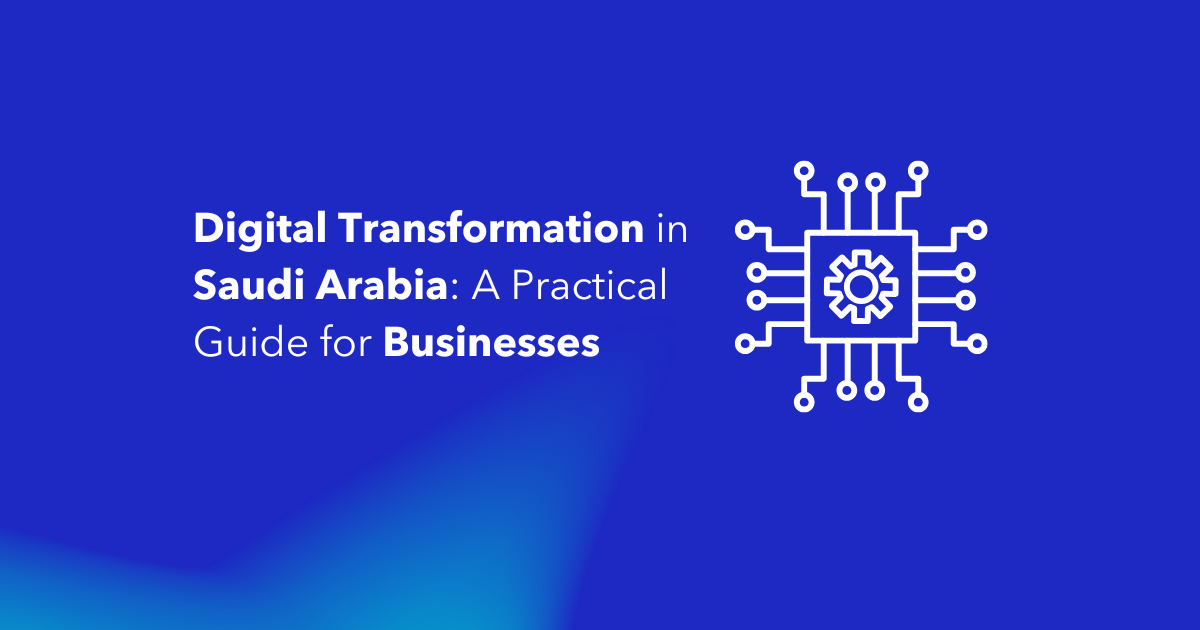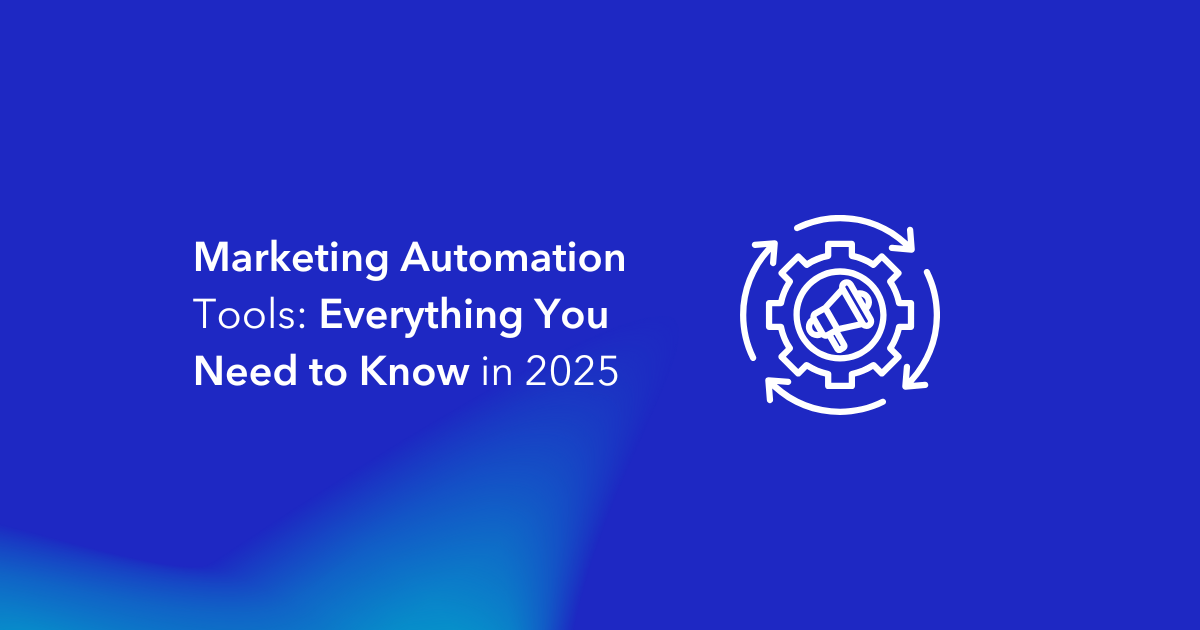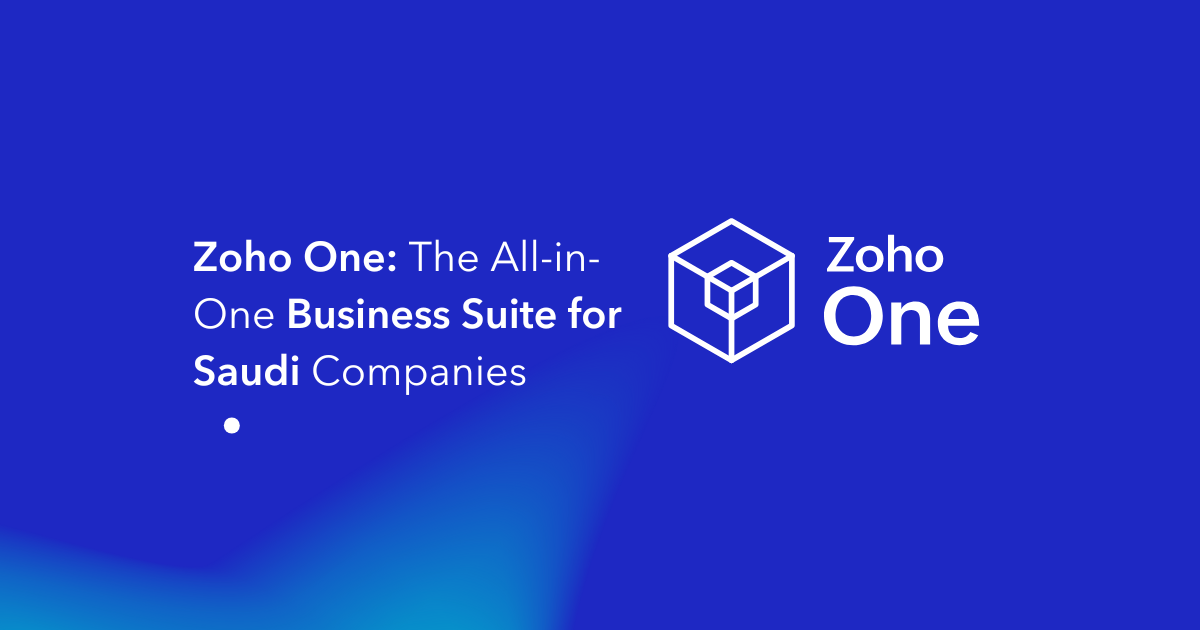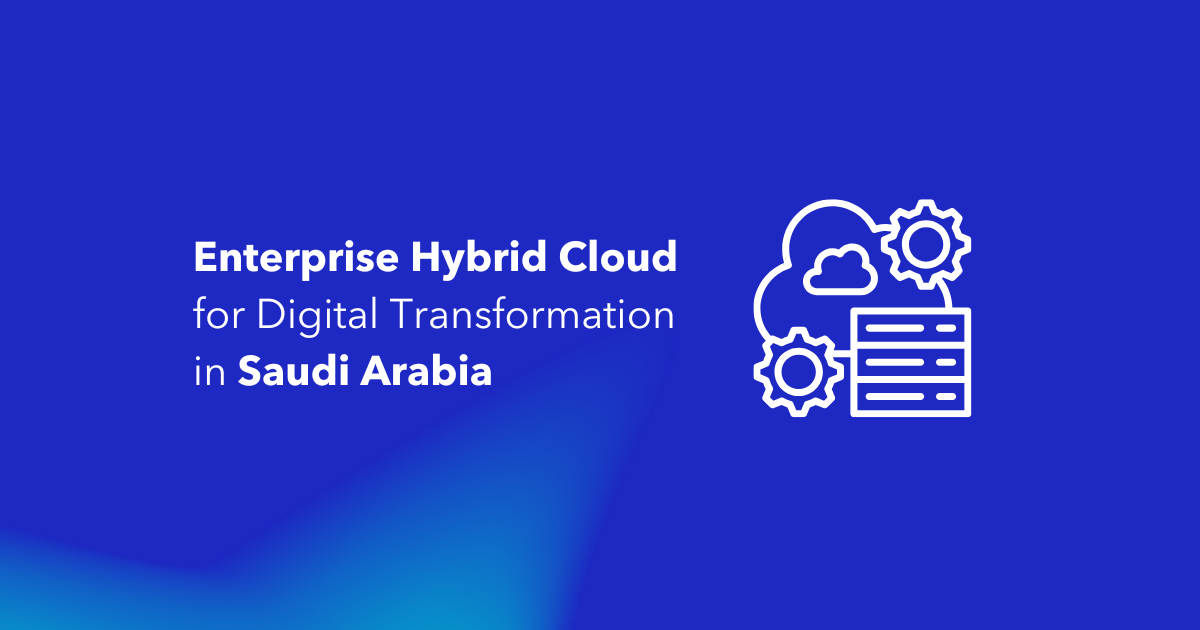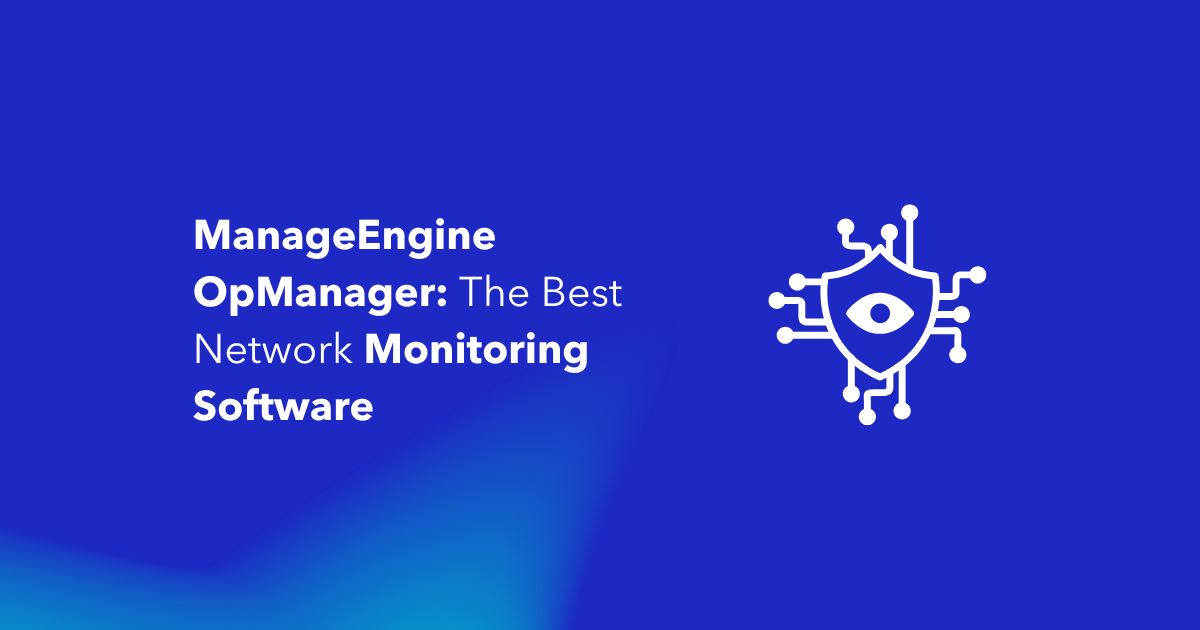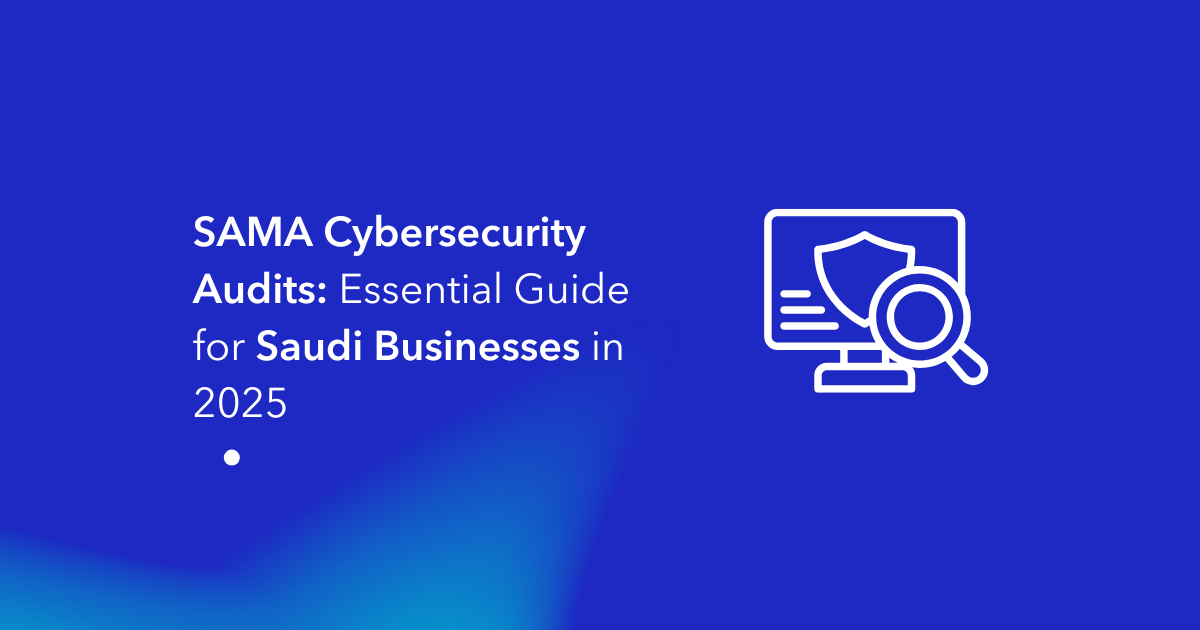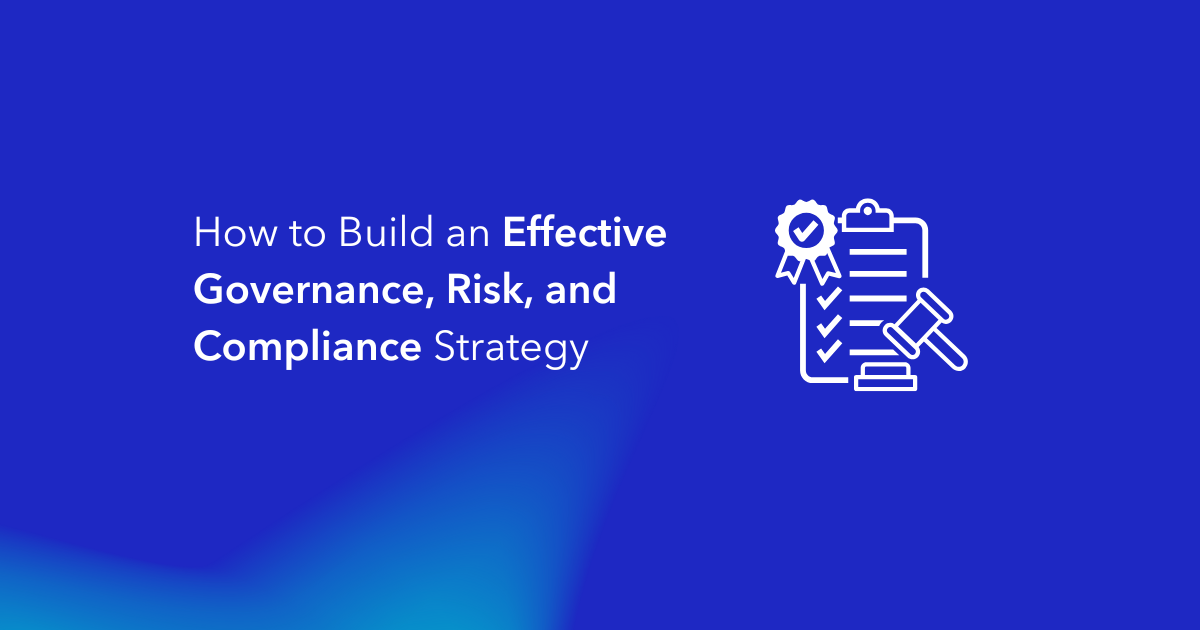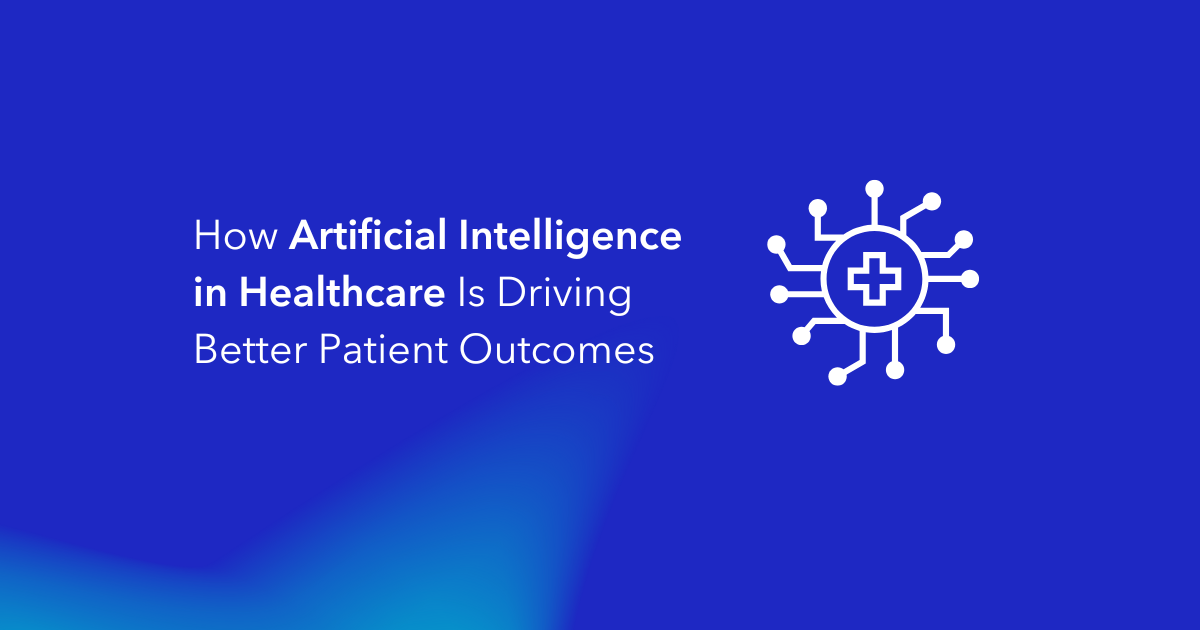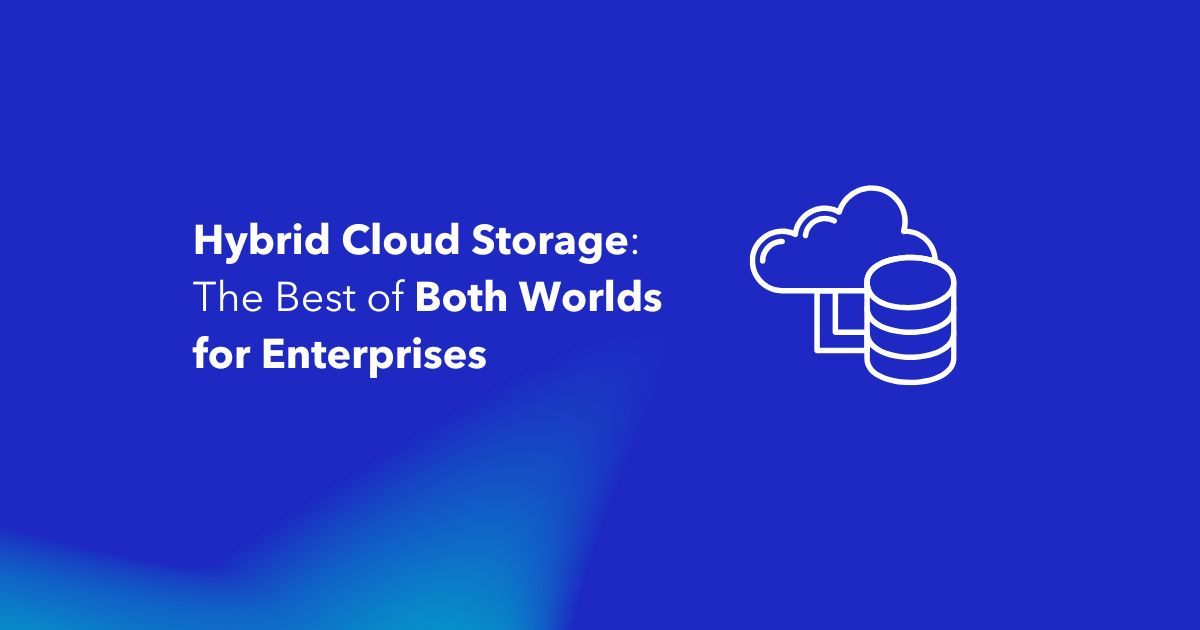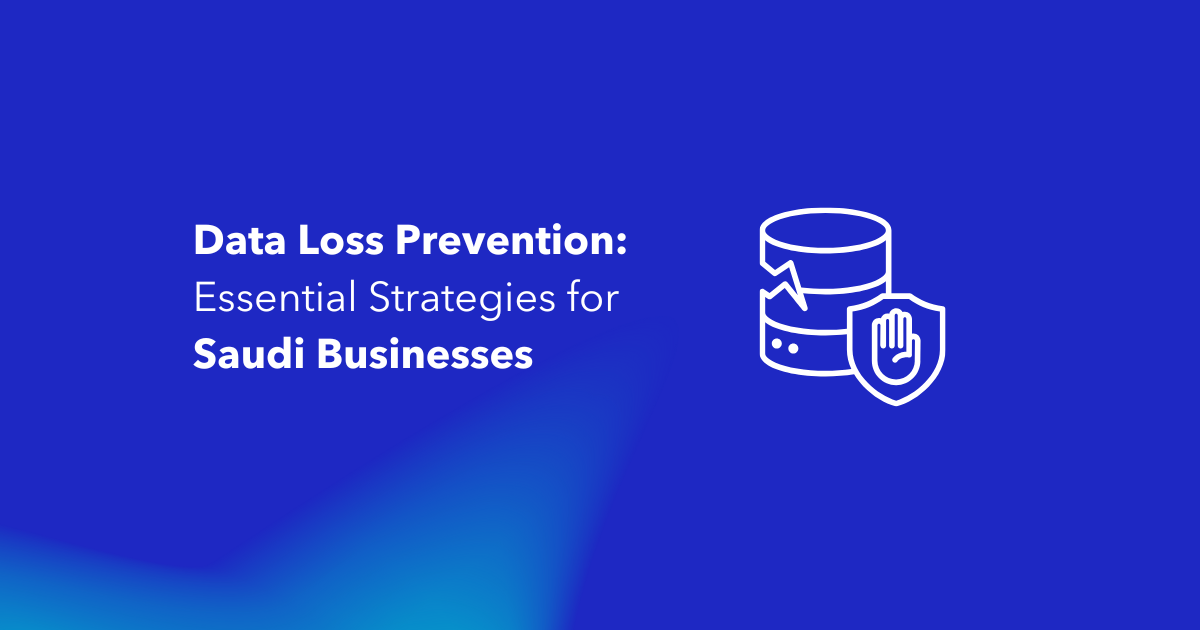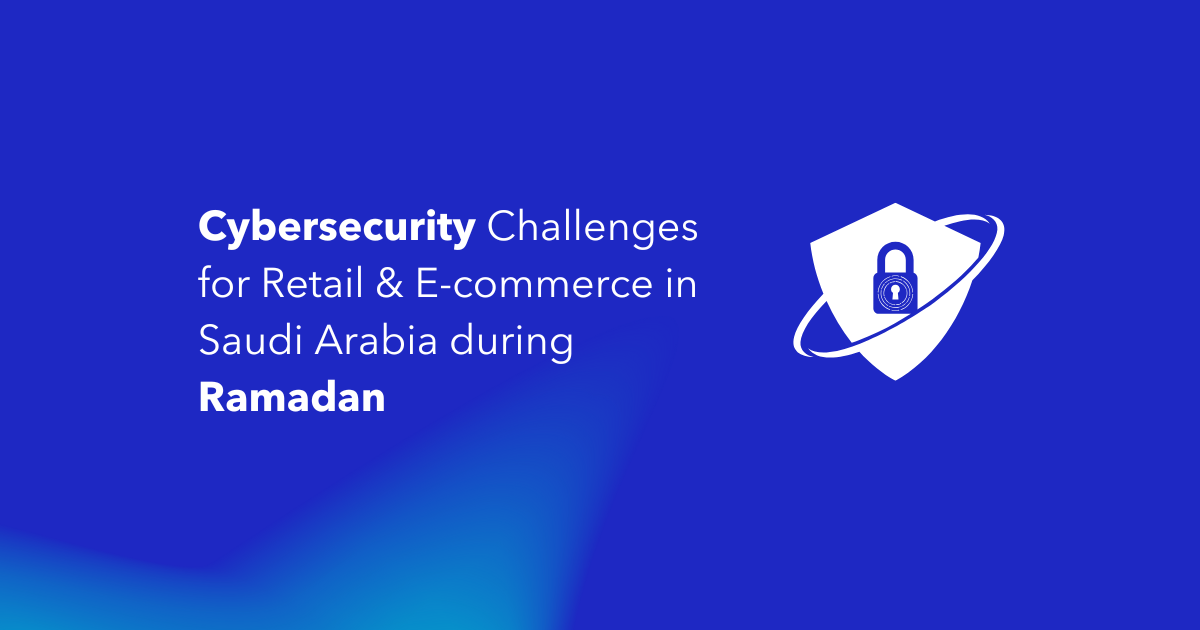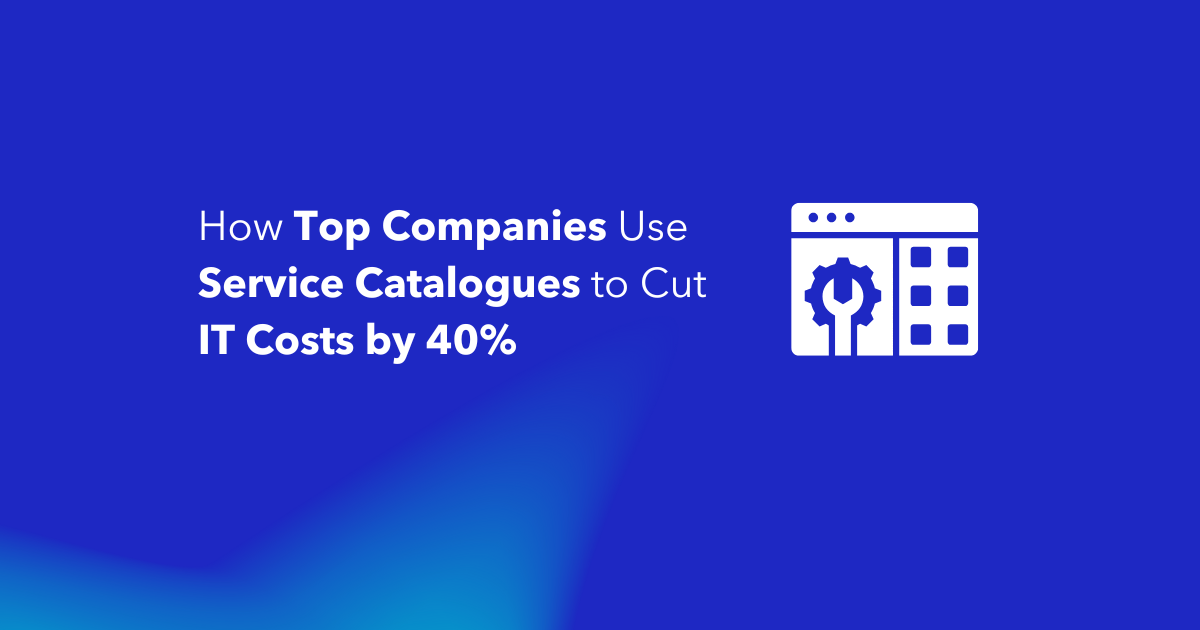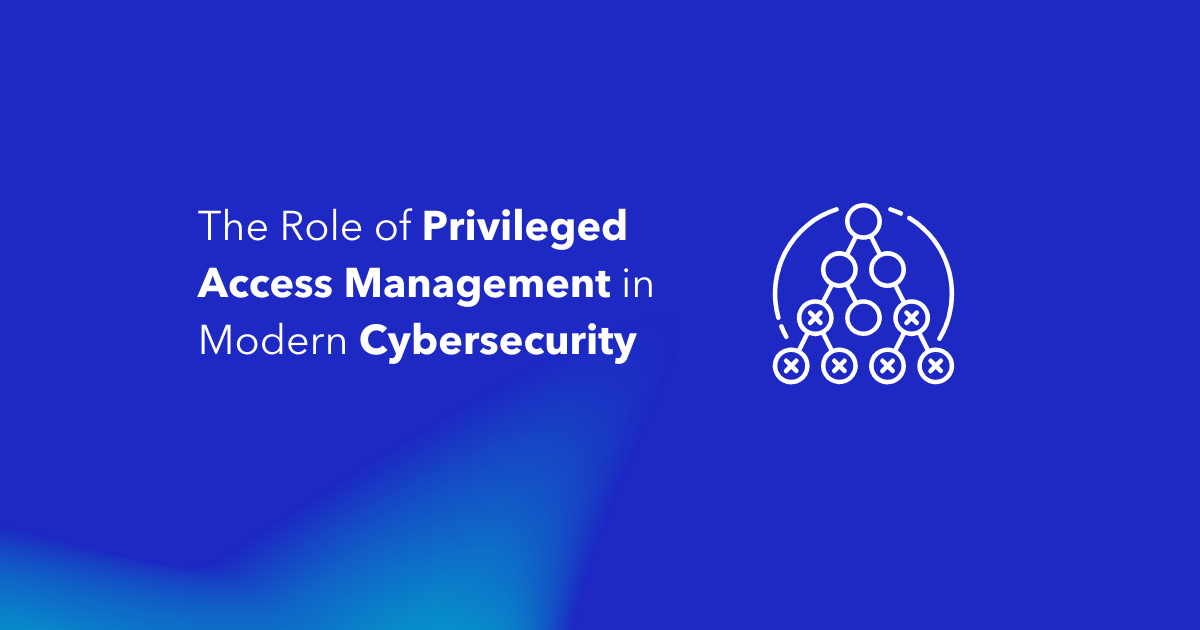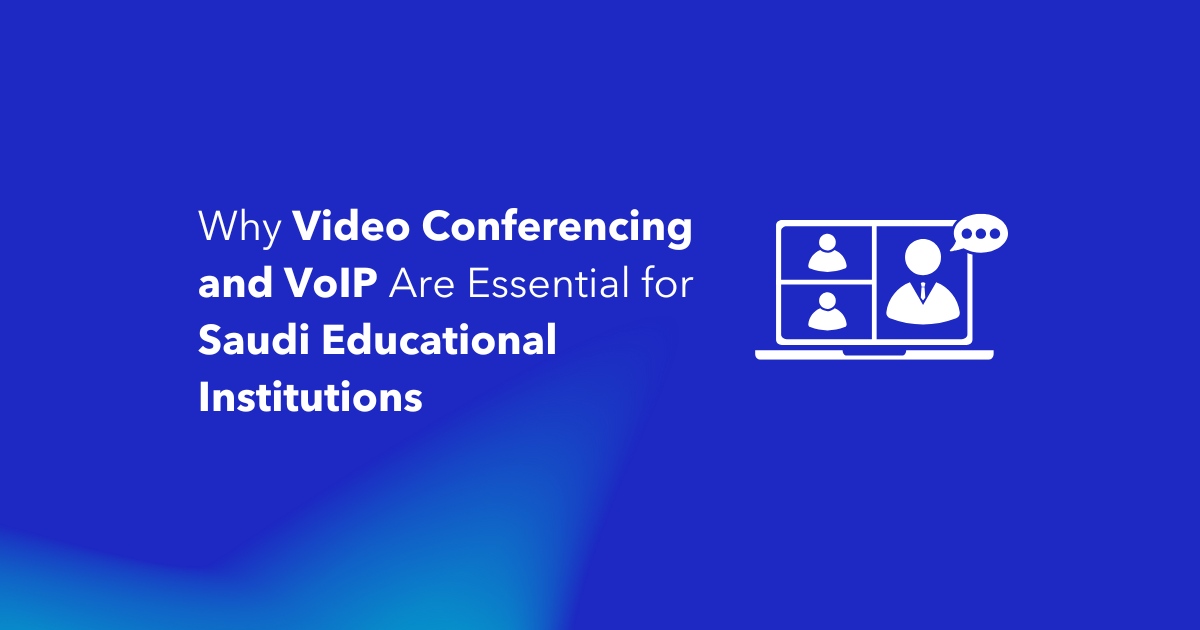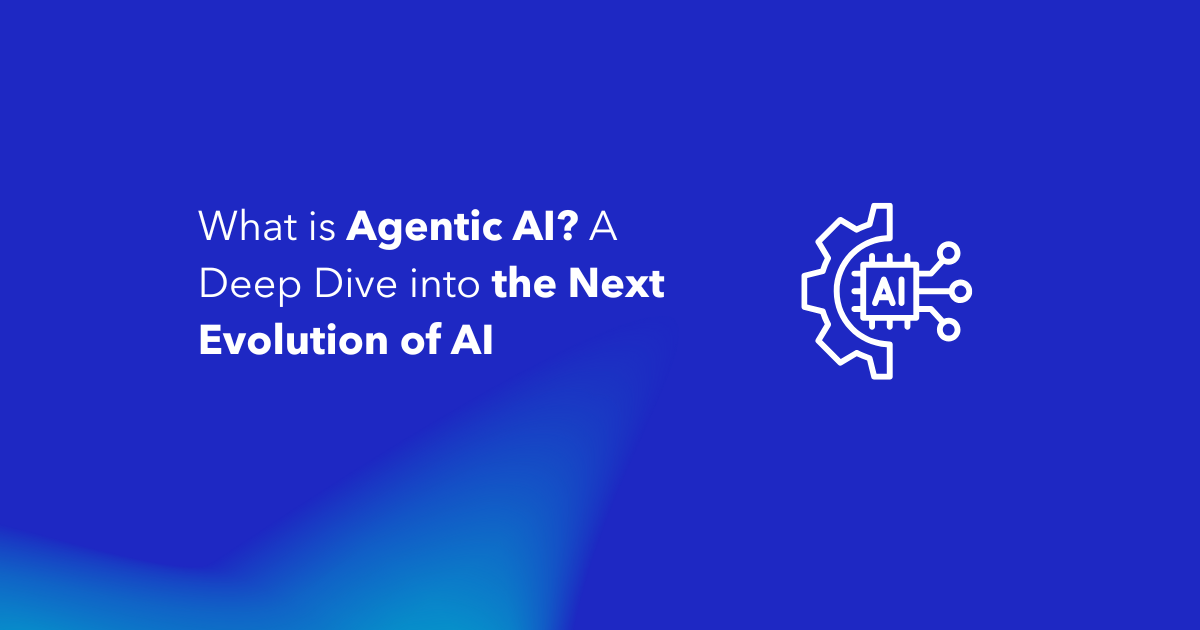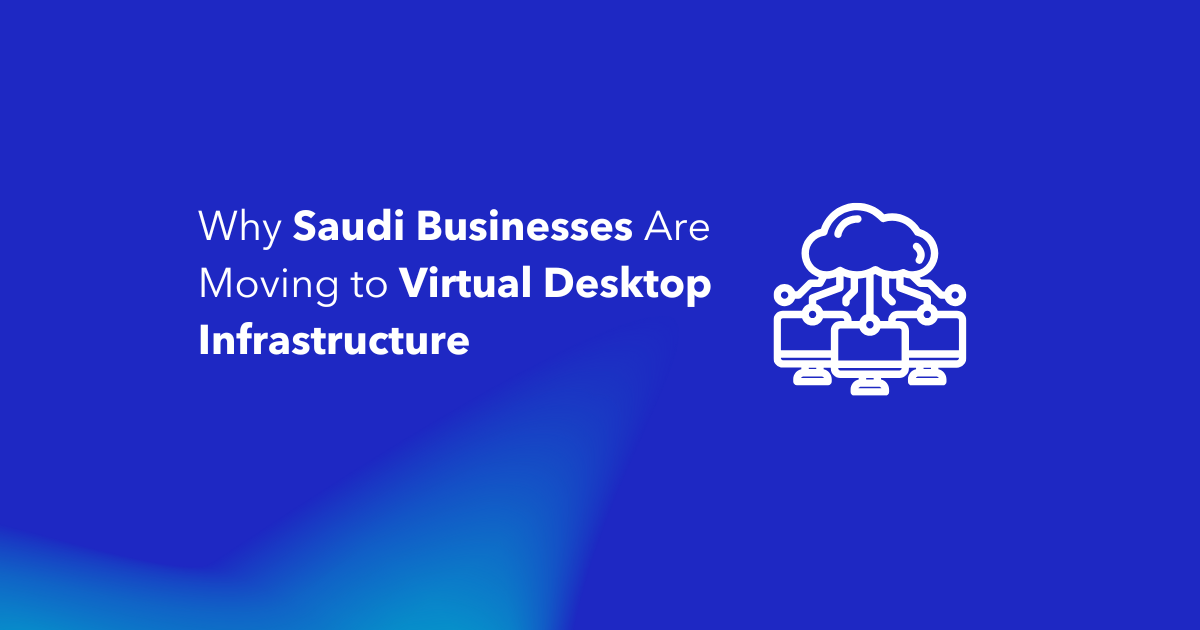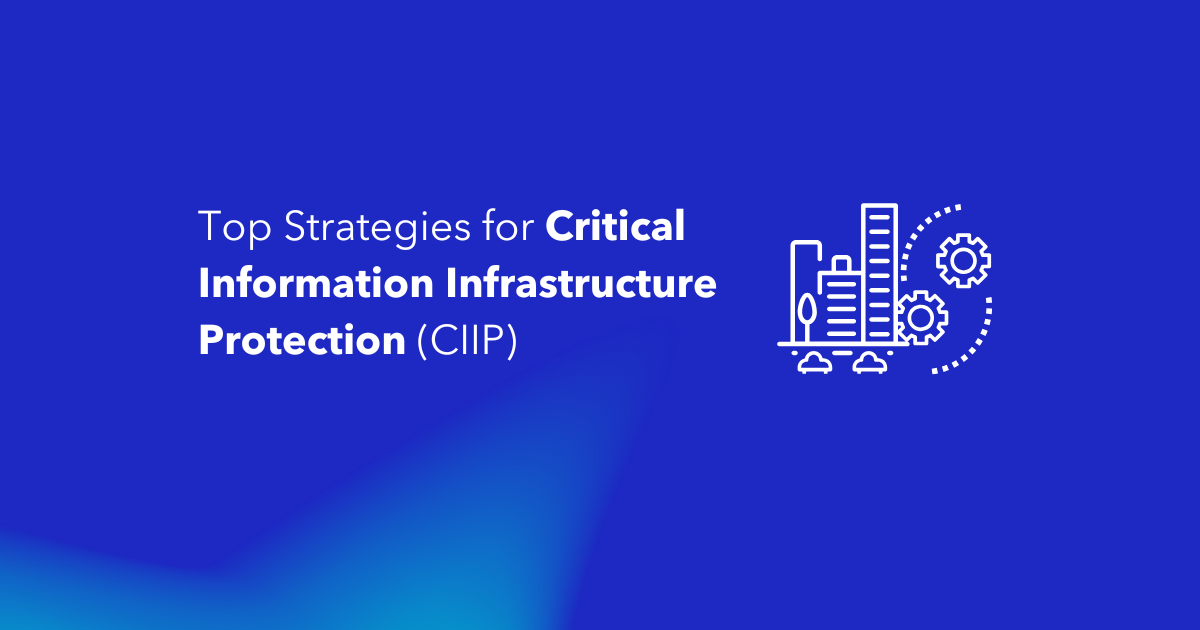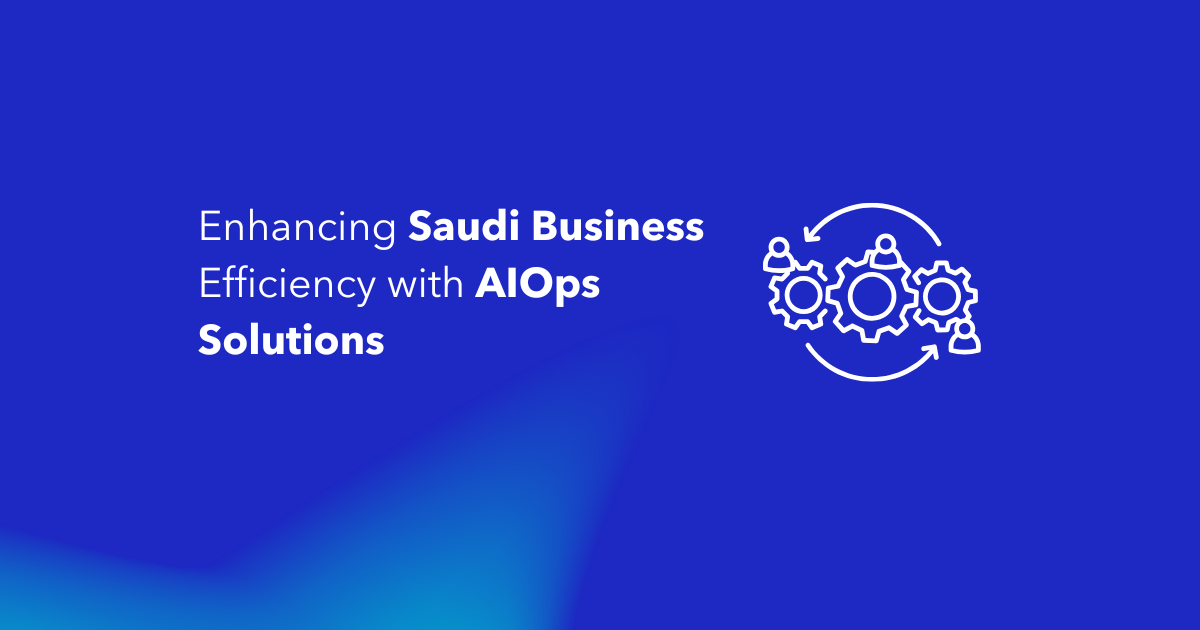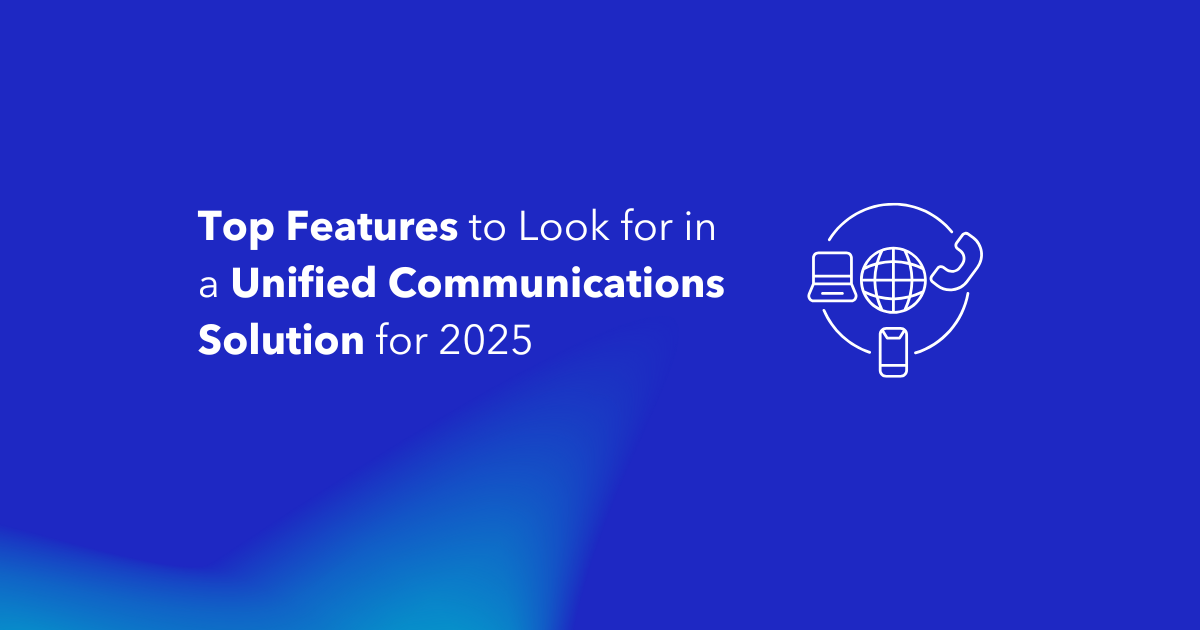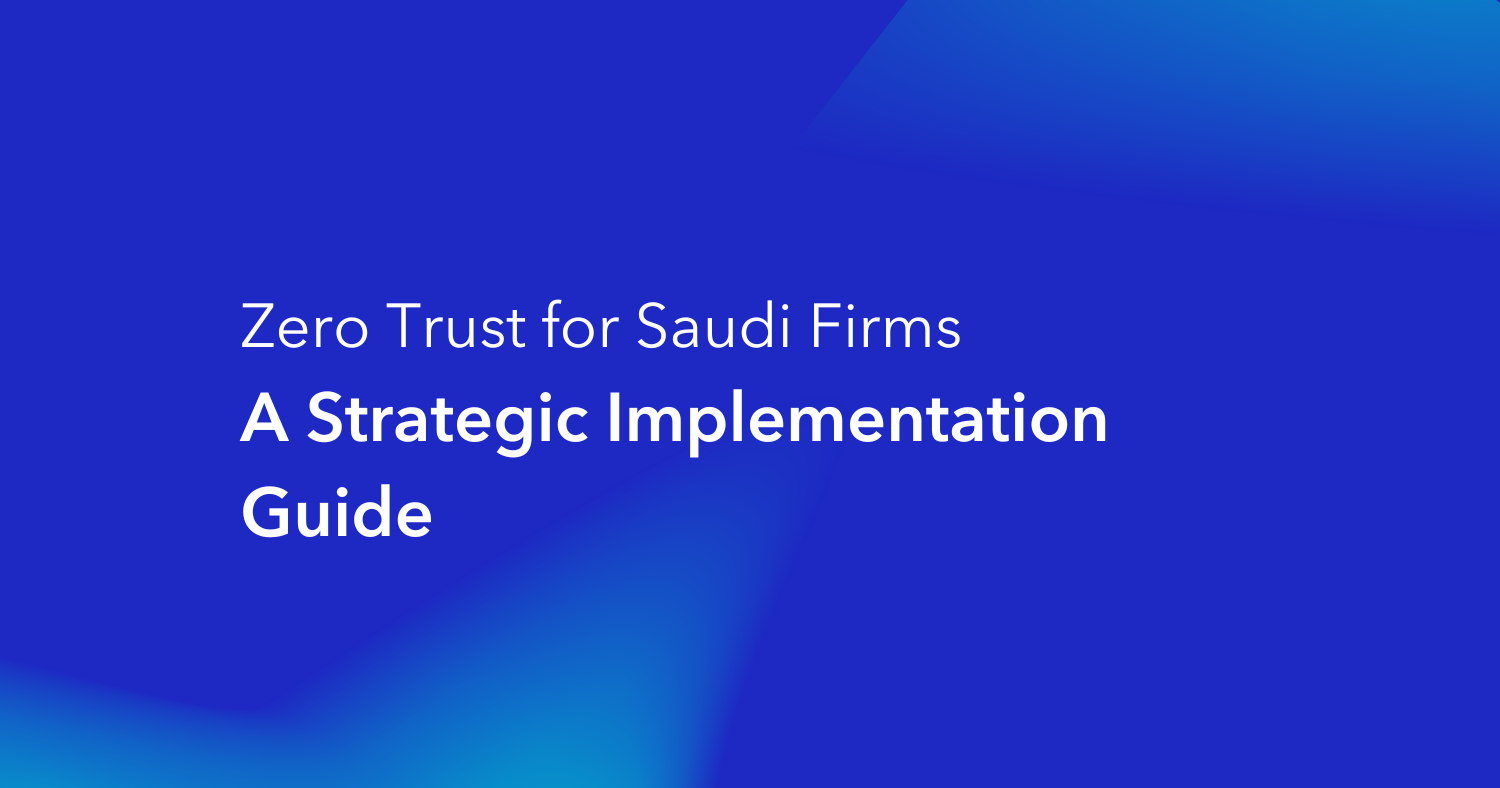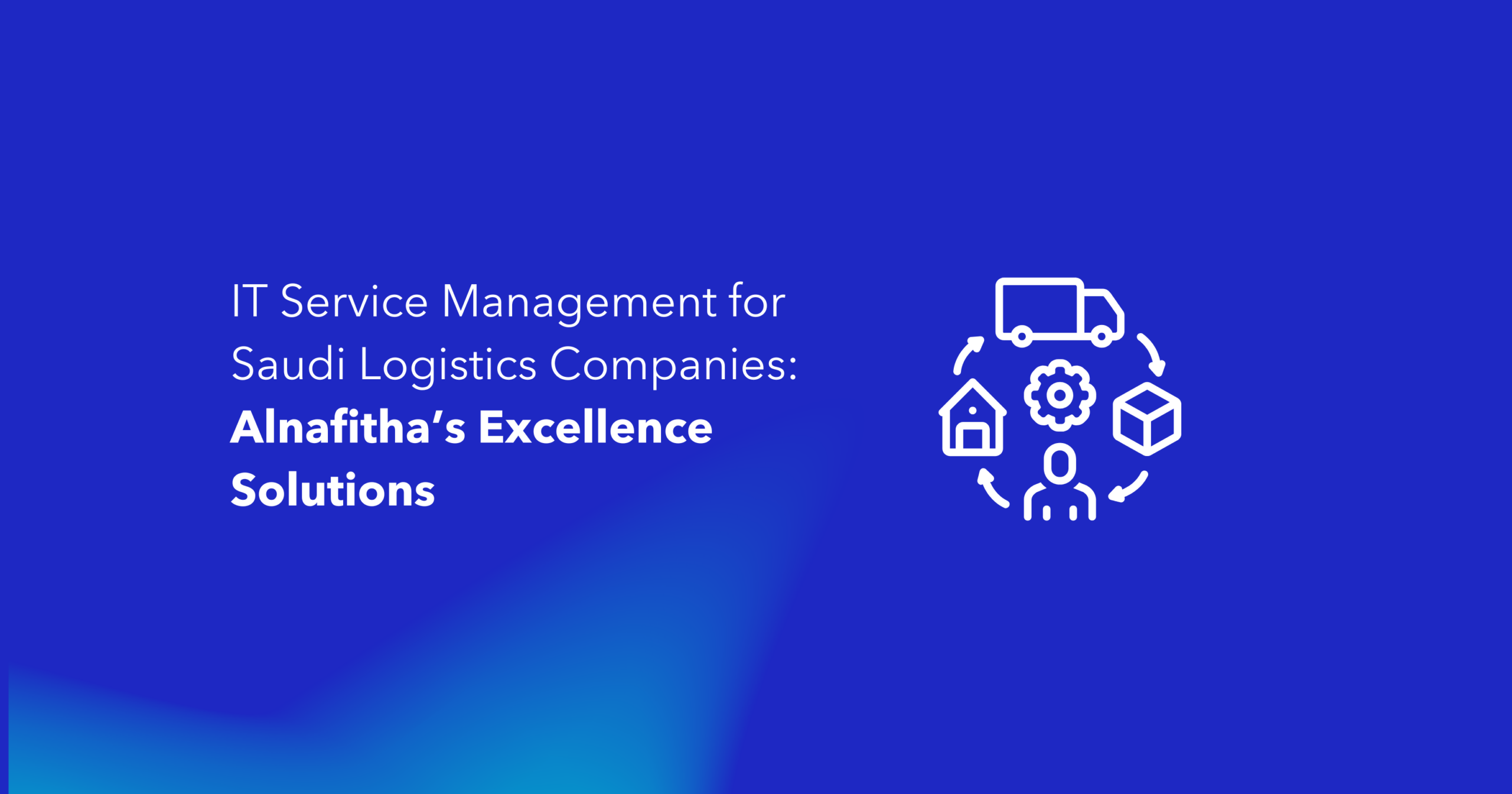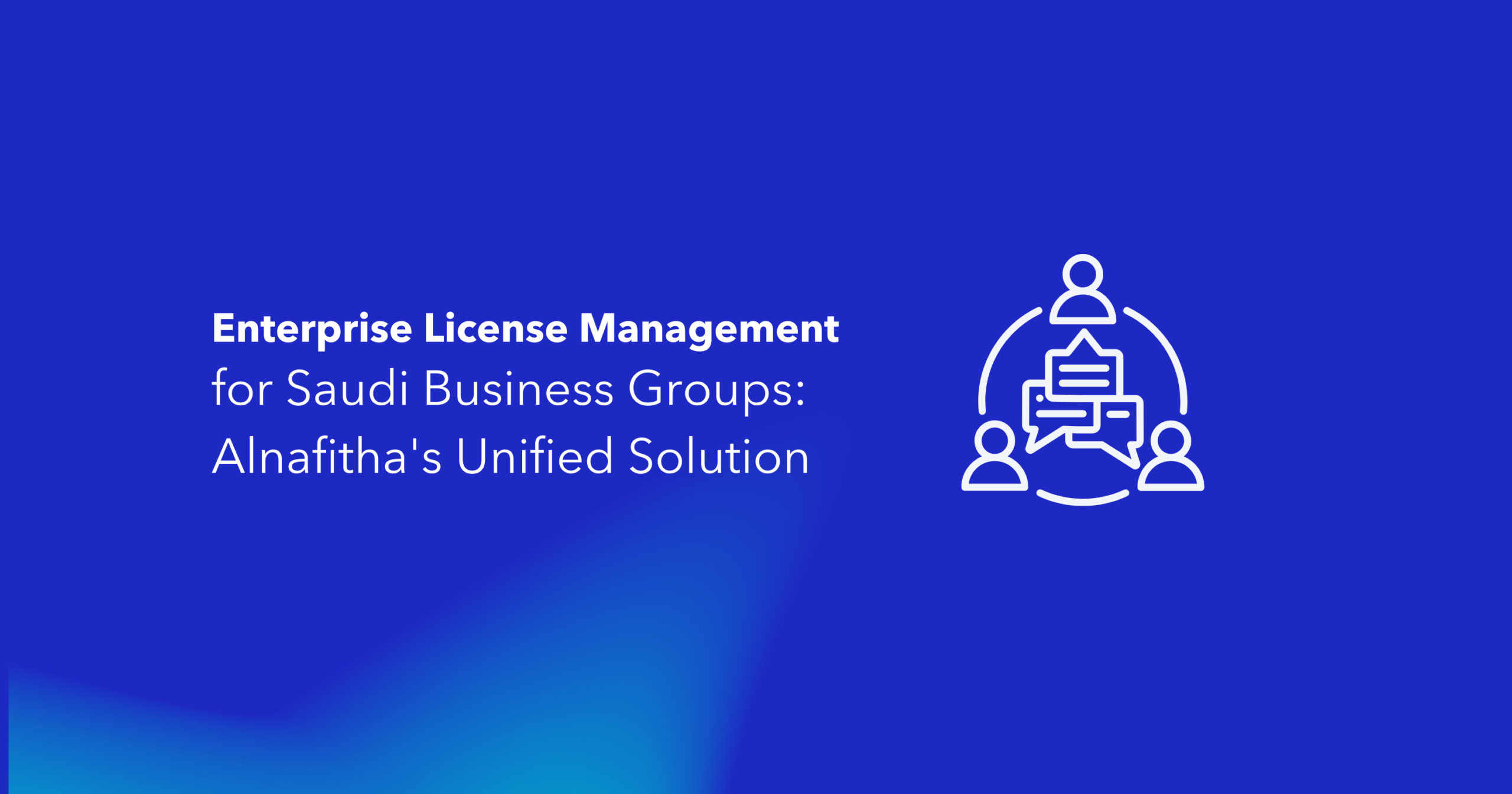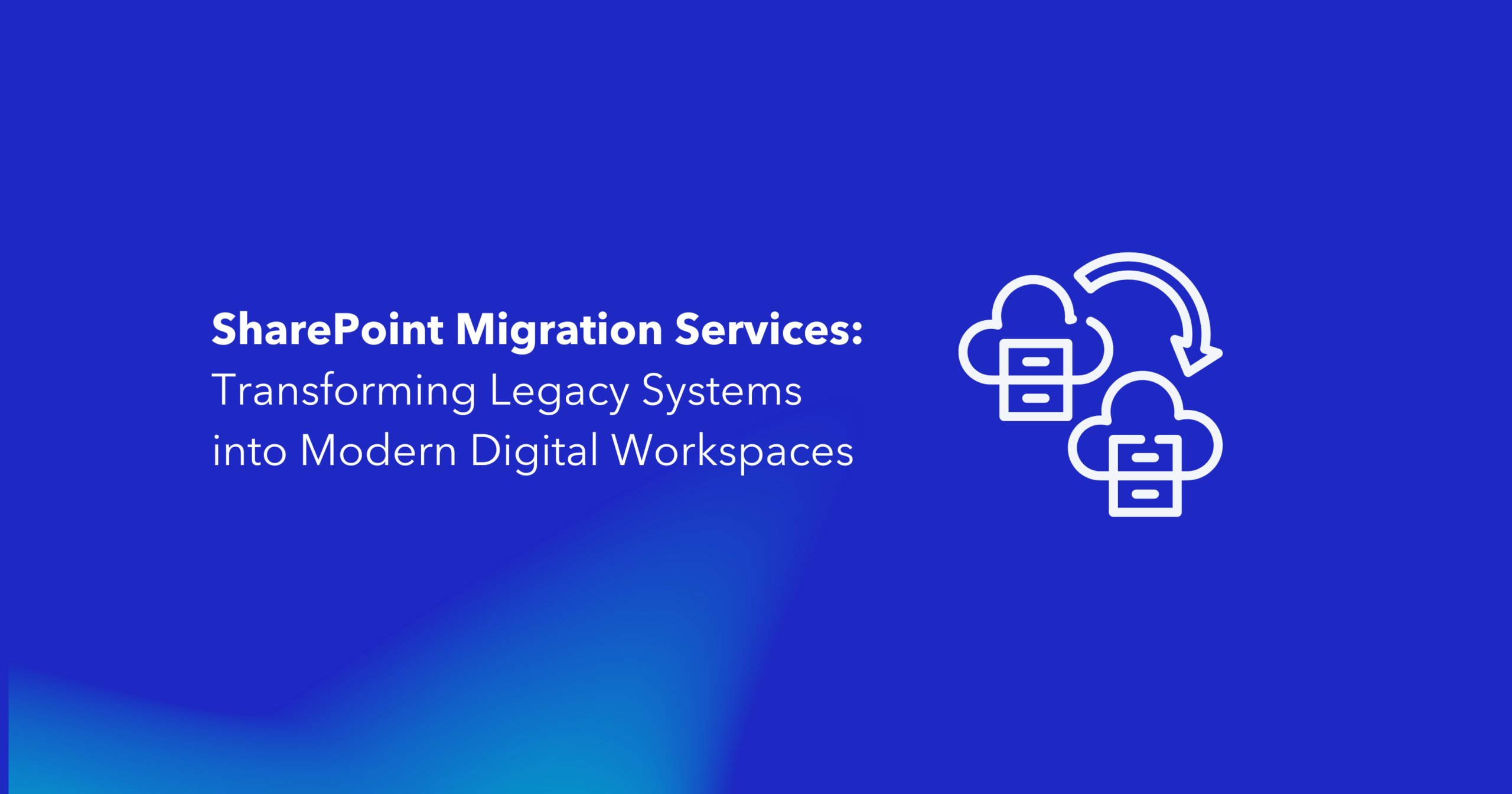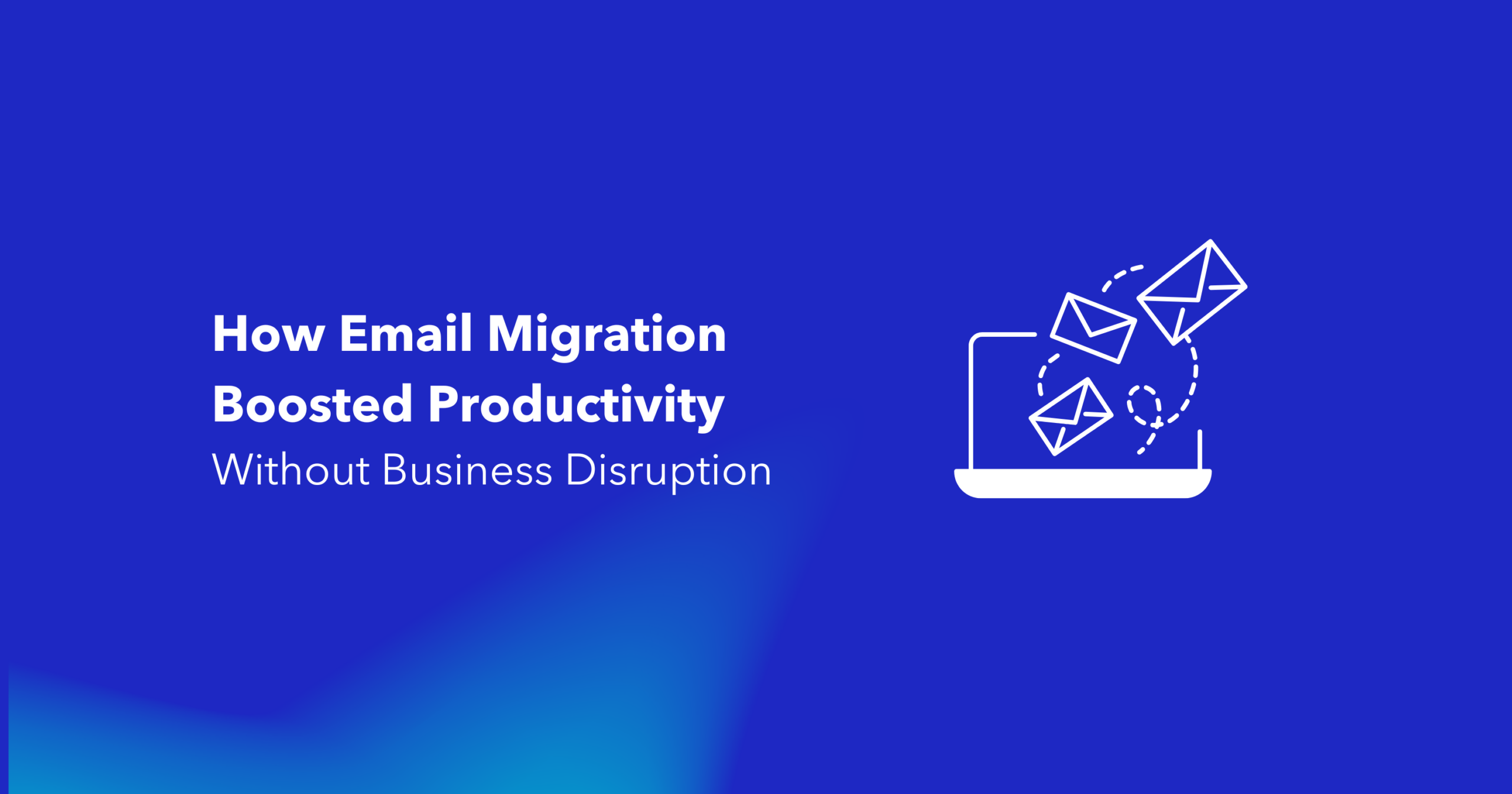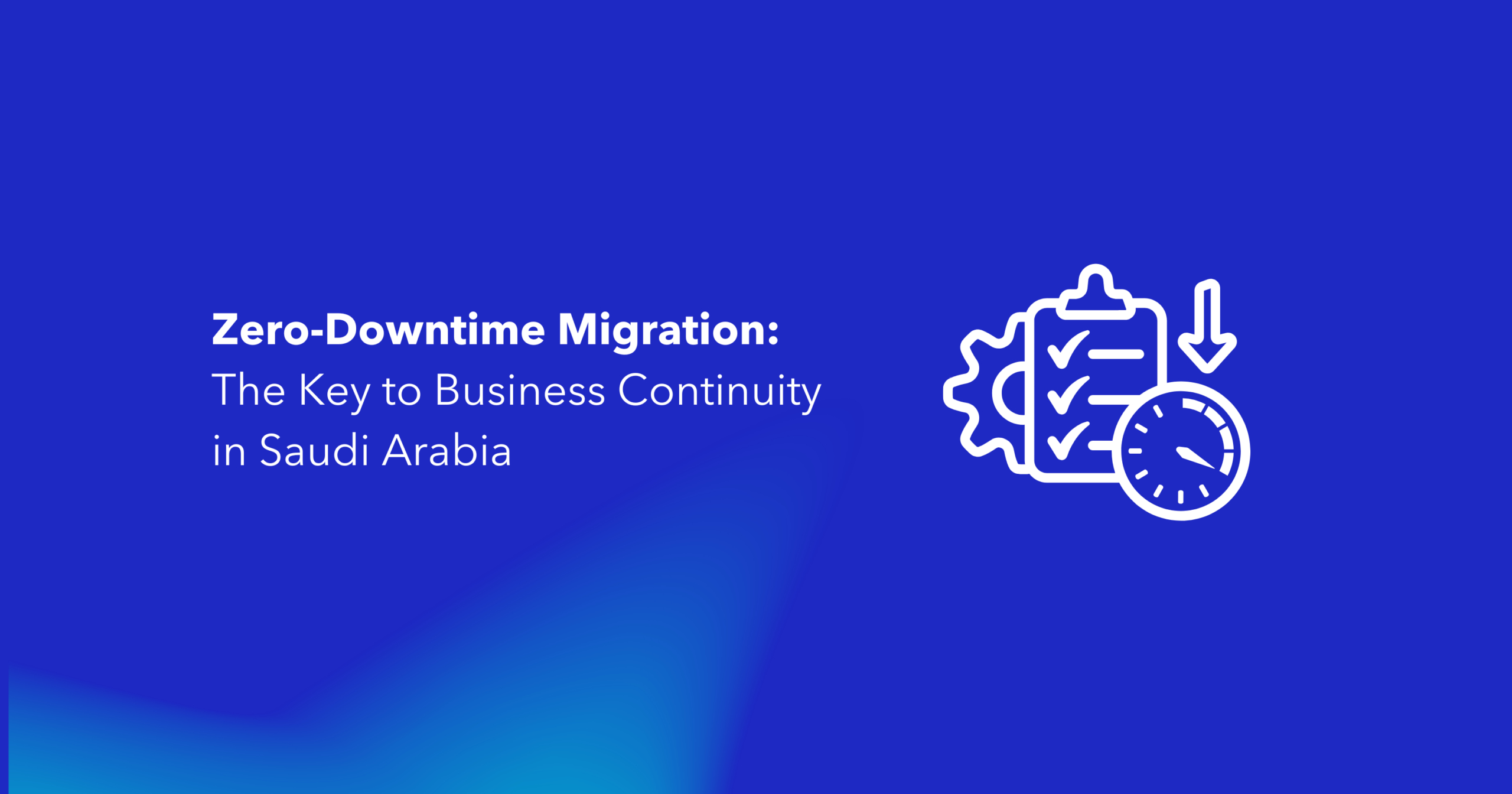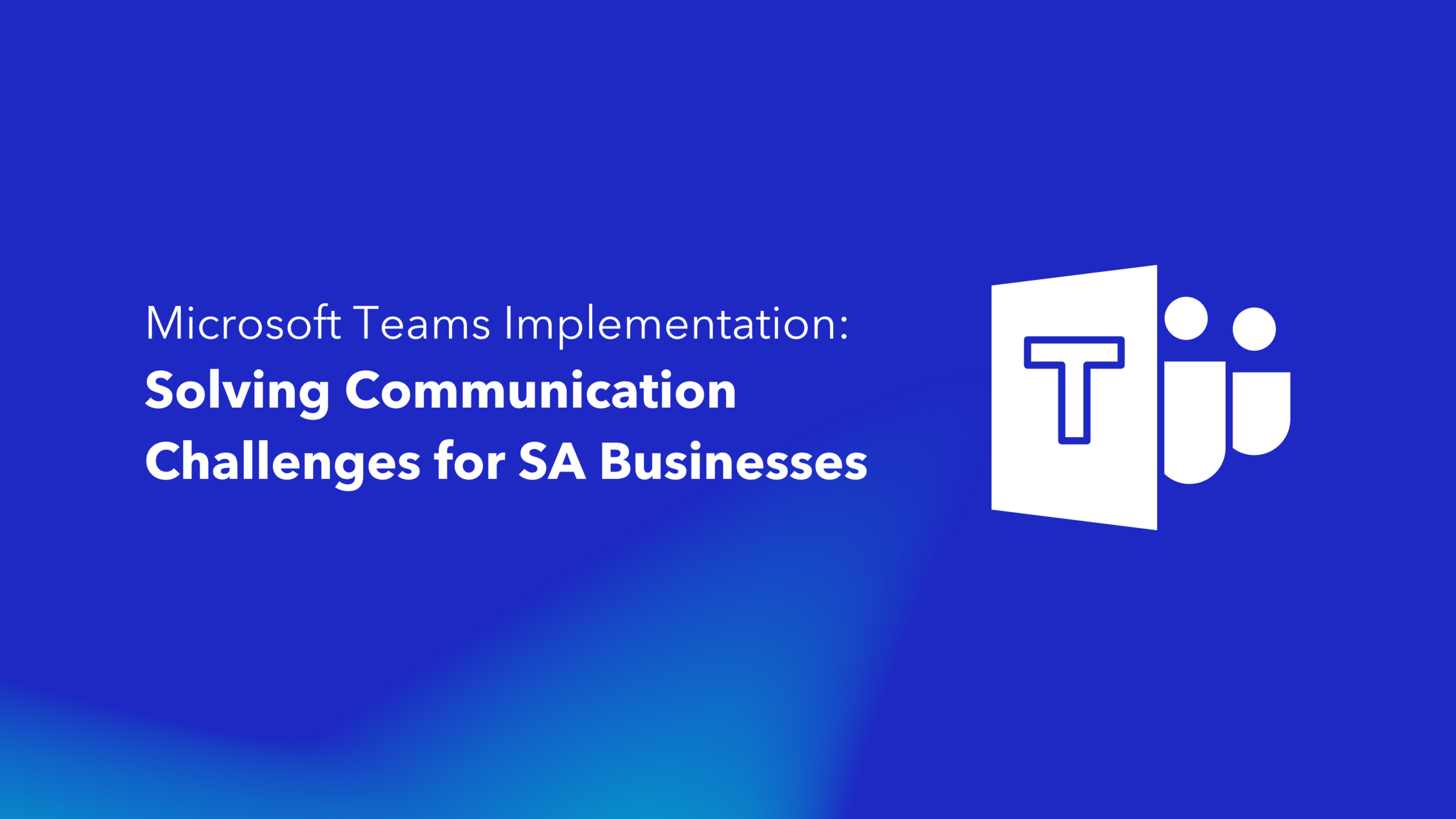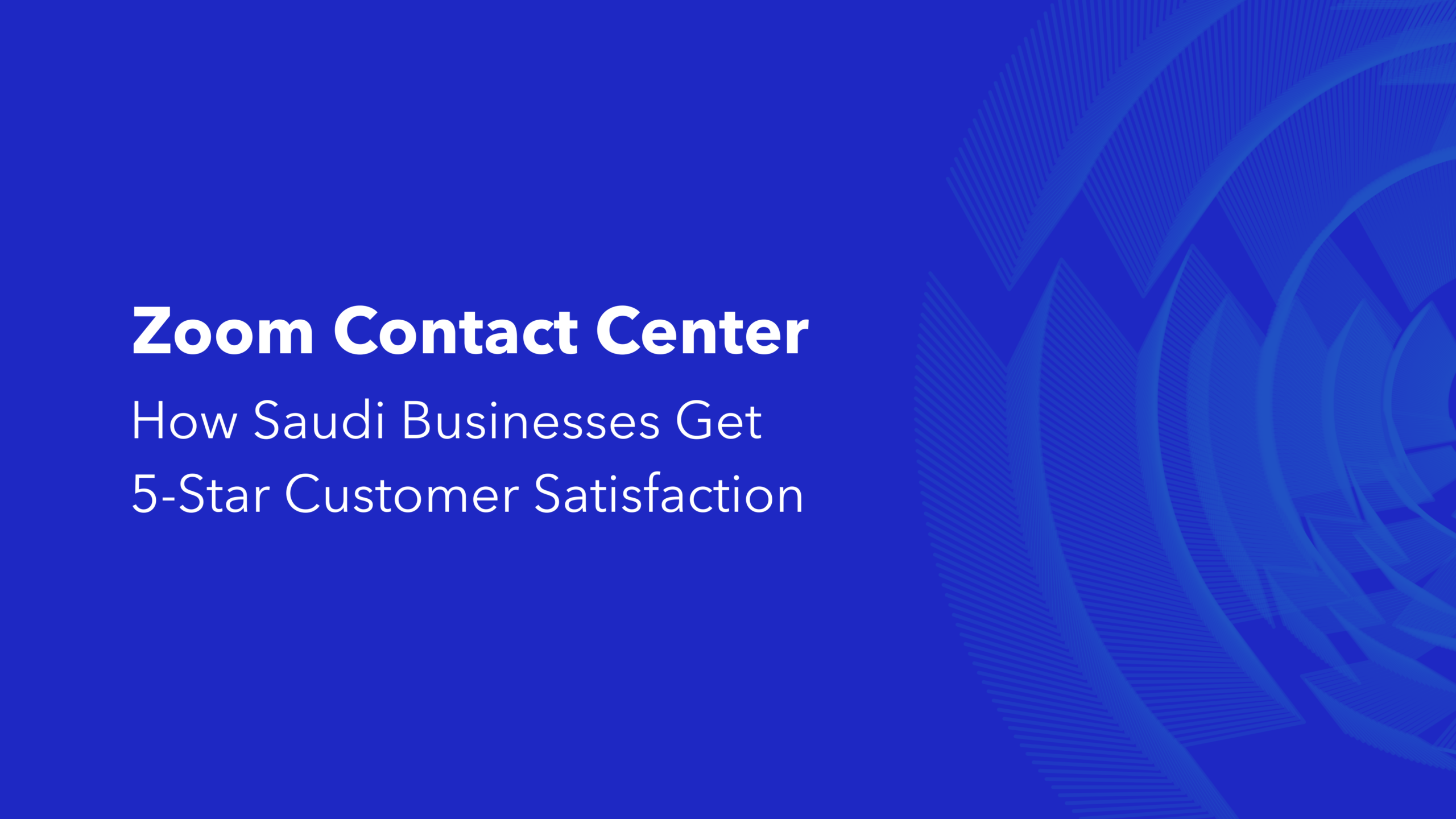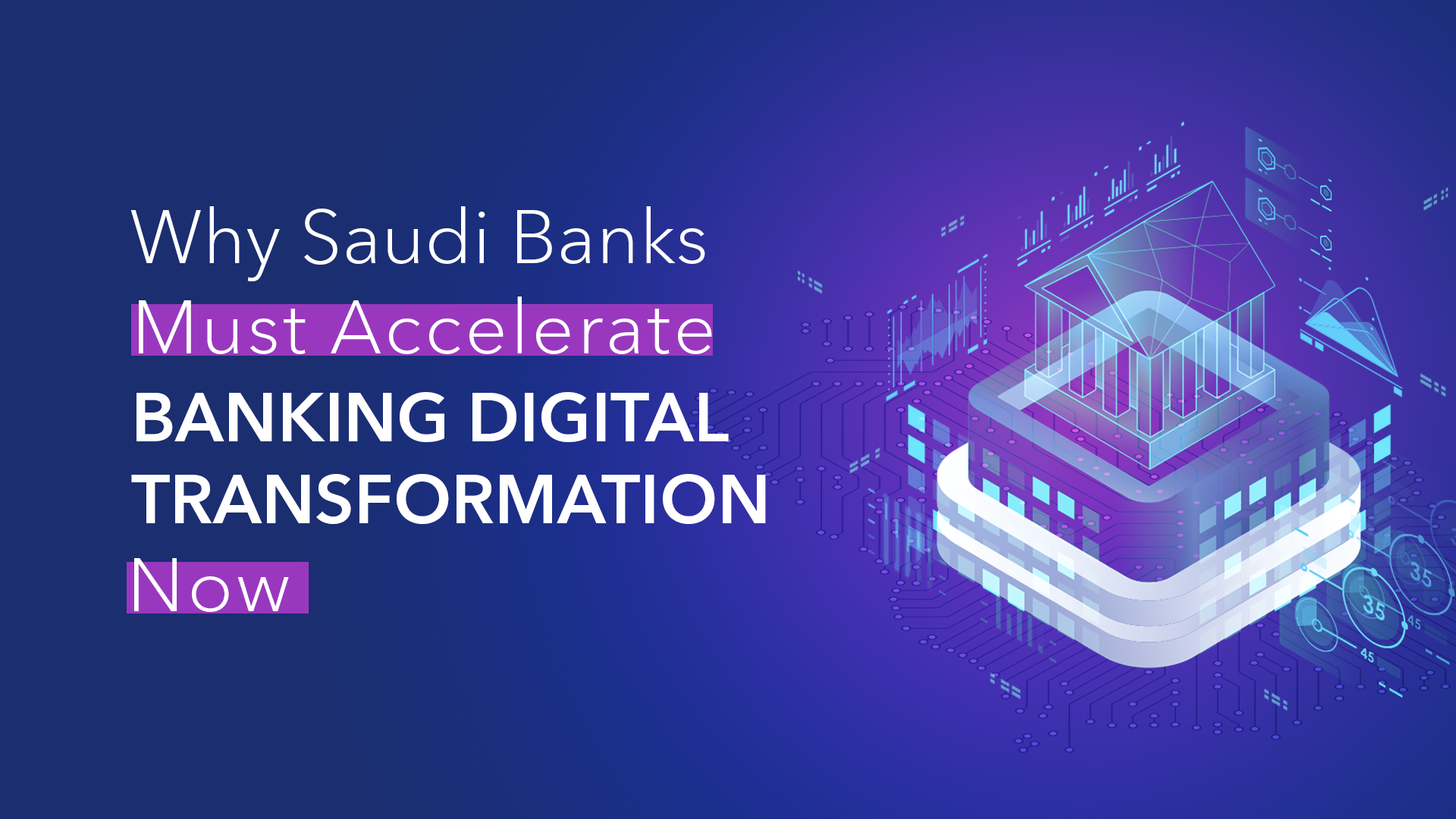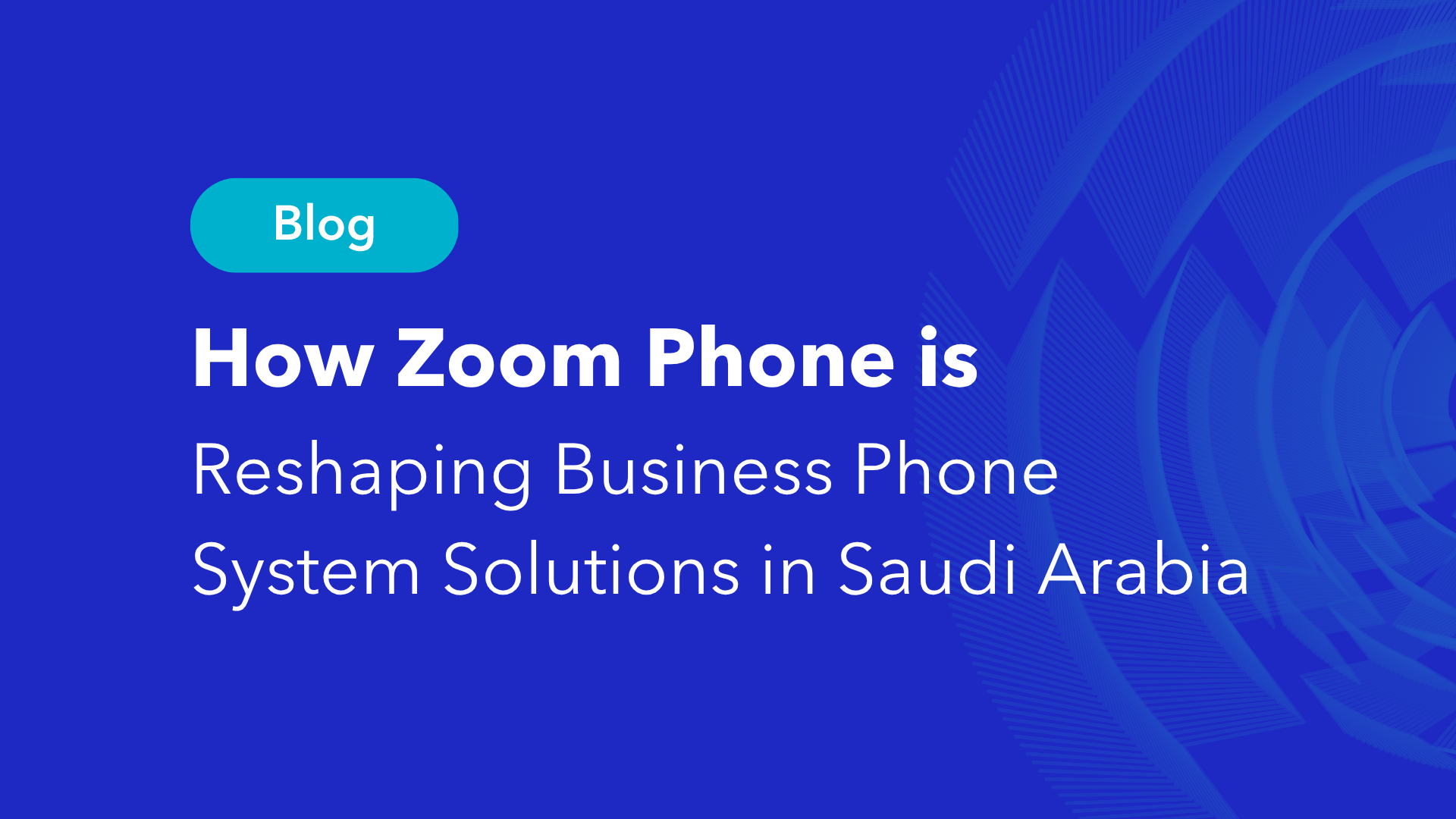In today’s dynamic business environment, organizations face critical challenges in maintaining effective IT service management systems that directly impact operational efficiency, customer experience, and bottom-line results. From healthcare institutions to financial enterprises, the technical hurdles remain consistent across sectors. This article explores how integrated management solutions create cost-effective improvements while enhancing security measures and user experiences—as demonstrated in the remarkable transformation at King Salman Armed Forces Hospital.
Critical IT Service Management Challenges Facing Modern Businesses
Organizations across industries struggle with mounting pressures that hinder efficient business operations:
- Overwhelming Service Requests: IT departments become buried under thousands of support tickets monthly, preventing team members from focusing on strategic initiatives that drive innovation.
- Inefficient Resource Allocation: Without streamlined processes for handling service requests, valuable technical staff spend excessive time on routine issues rather than business-critical projects.
- Asset and Software License Management: Many organizations lack visibility into their technology assets and licensing status, leading to compliance risks and unnecessary expenditures on redundant software licenses.
- Security Vulnerabilities: Inadequate patch management creates significant exposure to data breaches, particularly when enterprise systems remain unpatched for extended periods.
- Fragmented User Experiences: Disconnected service portals and inconsistent interfaces create frustration for employees attempting to access the service catalog or request technical assistance.
Why Traditional Approaches Fail to Deliver Results
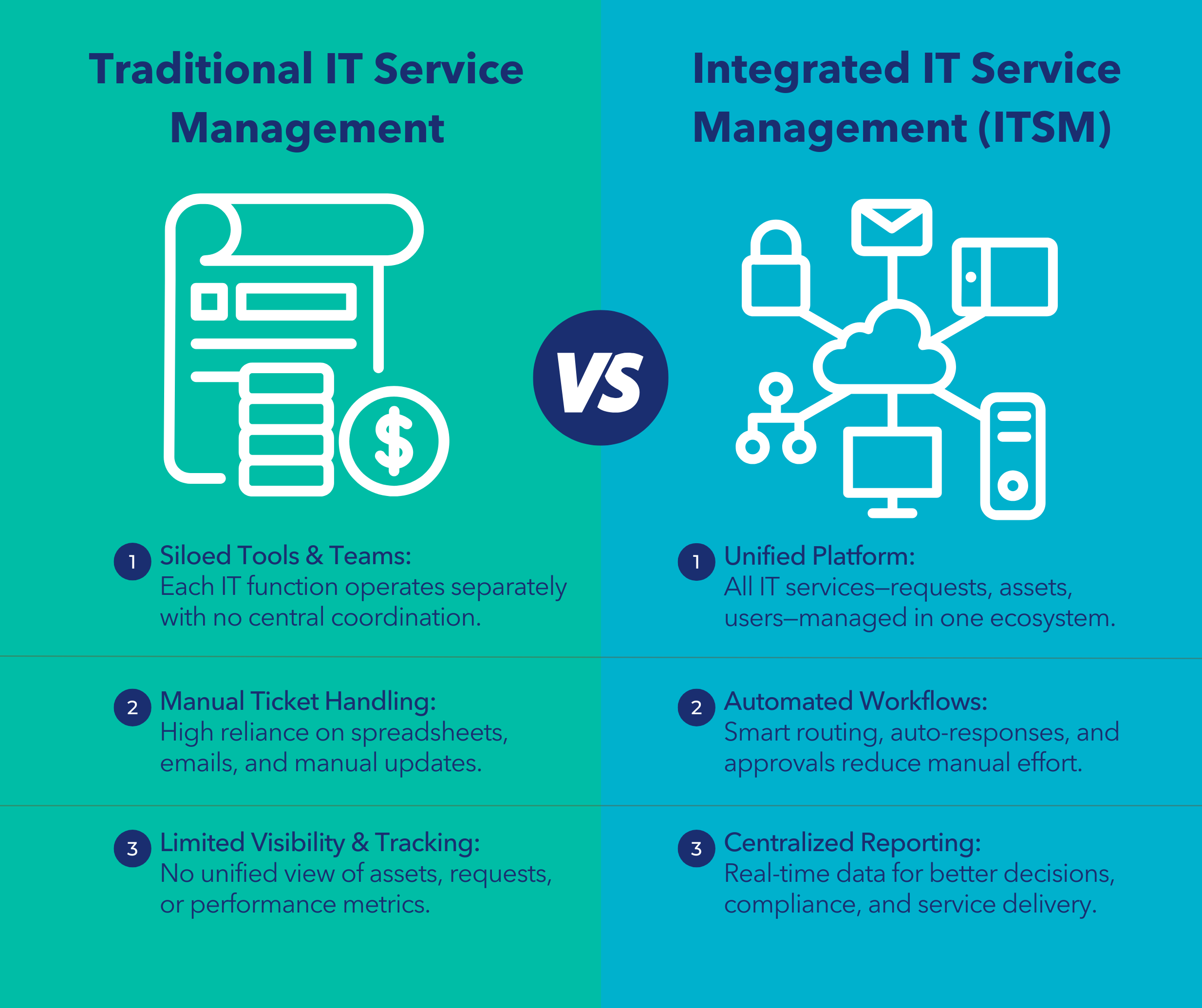
Many organizations attempt to address these challenges through conventional methods that ultimately prove insufficient:
- Disconnected Point Solutions: Implementing separate tools for different aspects of IT service management creates information silos that impede informed decision making and comprehensive risk management.
- Manual Intervention: Relying on email-based requests and manual tracking provides no mechanism for continuous monitoring of service performance or operational metrics.
- Reactive Security Posture: Treating security measures as afterthoughts rather than integrated components leaves critical systems vulnerable to sophisticated threats.
- Inefficient Incident Response: Without automated workflows, technicians waste valuable time on repetitive tasks rather than developing streamlined processes for common issues.
- Short-term Cost Focus: Prioritizing immediate cost savings over sustainable efficiency improvements ultimately increases total ownership costs while reducing service quality.
The Alnafitha Approach: Integrated IT Service Management
The transformation at King Salman Armed Forces Hospital demonstrates how a comprehensive approach delivers sustainable improvements across key business metrics:
- Unified Service Portal: Implementation of ManageEngine ServiceDesk Plus established a centralized platform where team members efficiently manage all service interactions through a single, intuitive interface.
- Automated Workflow Management: The solution introduced intelligent routing and approval processes that eliminated manual handoffs while ensuring requests reach appropriate specialists immediately.
- Comprehensive Asset Management: Complete visibility into hardware and software assets enabled optimized resource utilization, reducing unnecessary purchases while maintaining compliance.
- Centralized Patch Management: Through ManageEngine Endpoint Central, the hospital established automated software updates across all endpoints from a secure management console, significantly enhancing security measures.
- Data-Driven Operations: Robust analytics capabilities transformed reactive management into proactive planning based on performance metrics, enabling truly informed decision making for strategic resource allocation.
Measurable Outcomes: Evidence of Success
The IT service management transformation produced significant, quantifiable improvements in business operations:
- Enhanced Service Efficiency: Resolution times decreased dramatically, with incidents addressed in minutes rather than hours through streamlined processes and automation.
- Substantial Cost Savings: The hospital achieved meaningful reductions in operational expenses through optimized resource allocation, reduced downtime, and more efficient license management.
- Improved User Experiences: Both technical staff and end-users reported significantly higher satisfaction with service delivery quality and response times.
- Strengthened Security Posture: Comprehensive security measures eliminated vulnerabilities from unpatched systems while enabling continuous monitoring of the network environment to prevent data breaches.
- Optimized Resource Utilization: Accurate tracking of IT assets eliminated waste while ensuring all applications remained properly licensed and compliant with organizational policies.
Strategic Benefits Beyond Technical Improvements
The King Salman Armed Forces Hospital case illustrates that effective IT service management creates advantages extending far beyond the technical department:
- Operational Resilience: Properly securely managed IT systems provide business continuity even during challenging circumstances or unexpected disruptions.
- Workforce Productivity: Streamlined service delivery ensures team members can quickly access technical support without lengthy interruptions to their work.
- Cost-Effective Operations: Integrated approaches deliver substantial cost savings compared to fragmented solutions requiring multiple management systems and duplicate efforts.
- Enhanced Risk Management: Robust security measures and patch management protocols dramatically reduce exposure to threats while ensuring compliance with industry regulations.
- Strategic Resource Allocation: When routine tasks become automated, technical talent can focus on innovations that advance business operations and competitive positioning.
Beyond Technology: The Business Value of Mature IT Service Management
What distinguishes truly exceptional IT service management is its business orientation. Rather than focusing solely on technical metrics, mature approaches prioritize:
- Measurable Business Impact: How service improvements directly enhance customer experience and operational efficiency.
- User-Centric Design: Service portals and catalogs designed around actual user needs rather than technical convenience or departmental silos.
- Continuous Improvement Cycles: Regular assessment and refinement of service processes based on performance data, enabling more efficient and productive operations.
- Cost-Effective Innovation: Balancing operational excellence with strategic advancement through thoughtful resource allocation and technology investments.
Conclusion: Transforming IT Service Management for Competitive Advantage
The King Salman Armed Forces Hospital experience demonstrates that with the right strategic approach, organizations can transform IT service management from a technical necessity into a business differentiator. By implementing integrated solutions that unify service management processes, organizations achieve more efficient and productive operations while enhancing both security posture and user satisfaction.
For organizations seeking similar transformations, the lesson is clear: fragmented approaches inevitably underperform compared to comprehensive strategies addressing the entire service lifecycle. The right IT service management approach doesn’t just solve technical problems—it creates sustainable competitive advantages through superior customer experience, protected operations, and cost-effective resource utilization.
Ready to Transform Your IT Service Management?
Contact our consultants today to evaluate your organization’s specific IT service management needs and develop a tailored implementation strategy.





